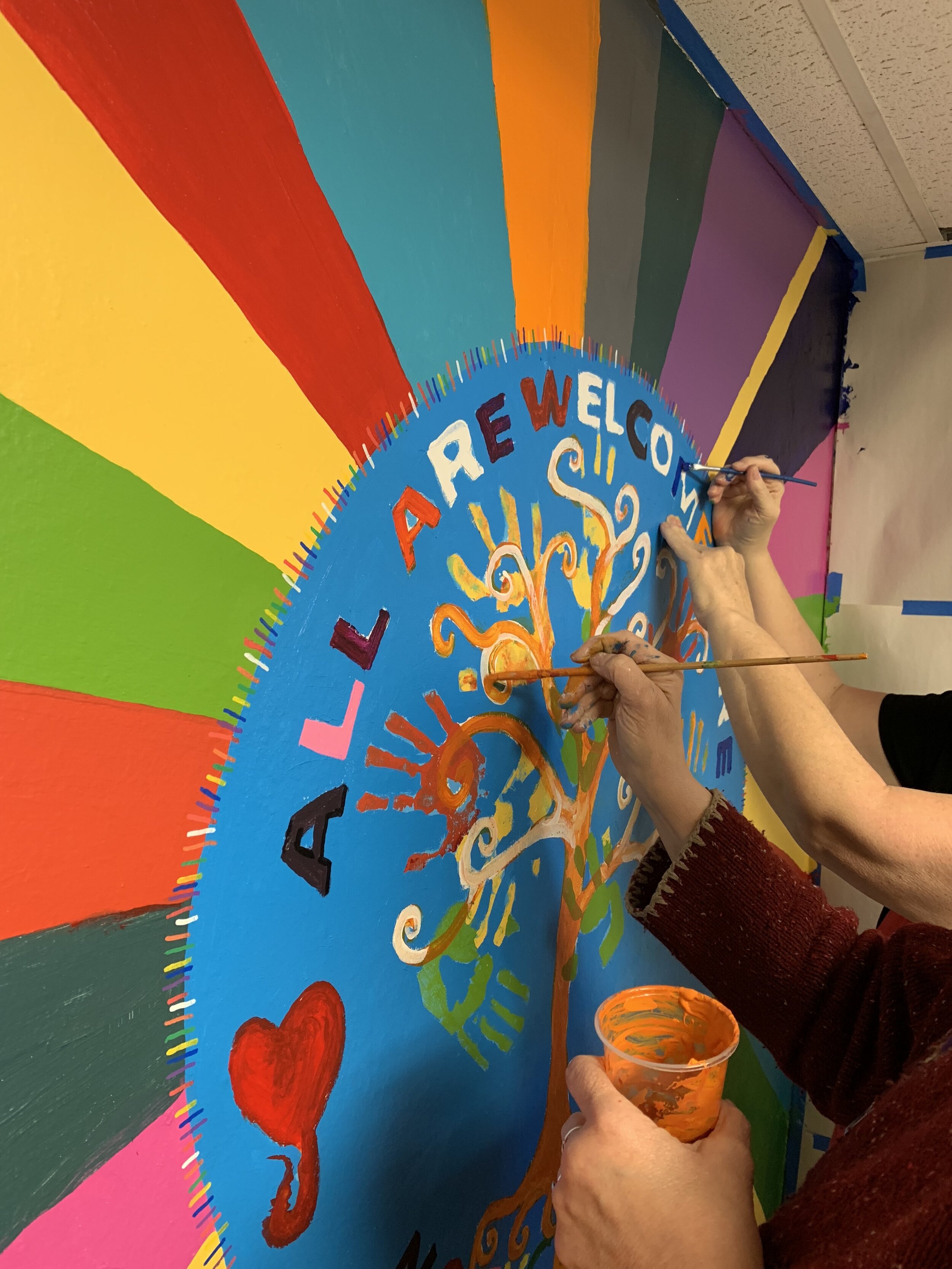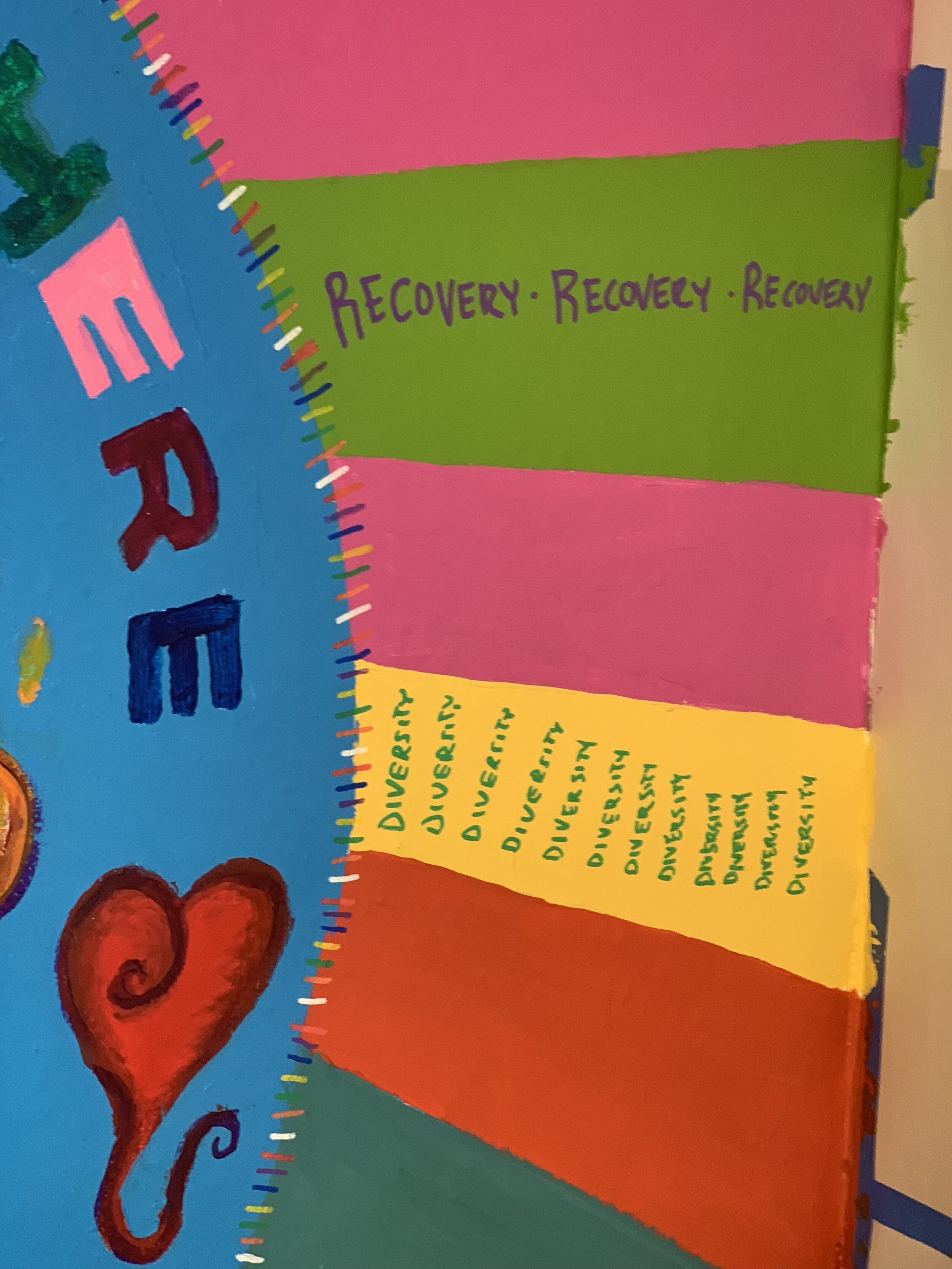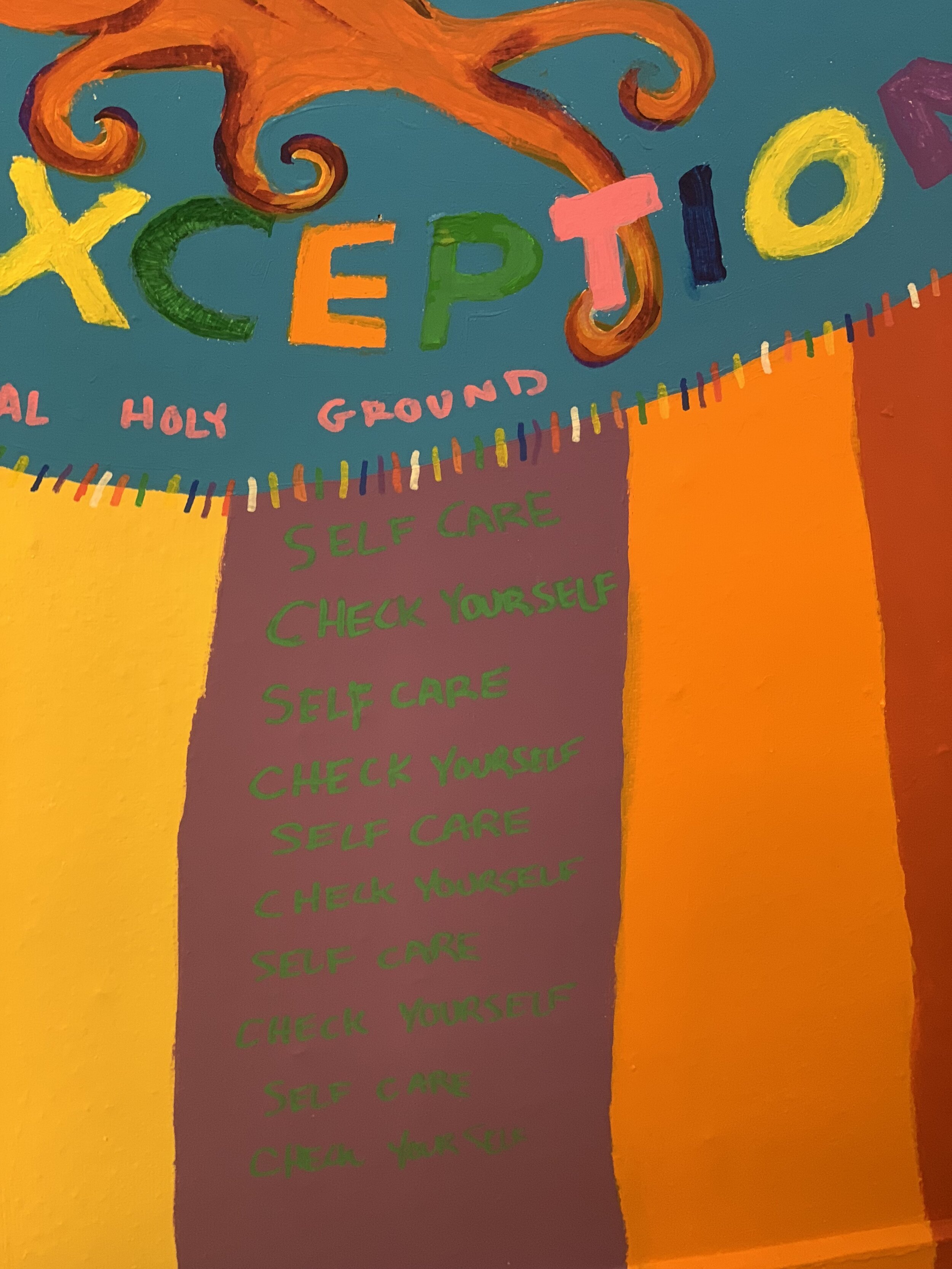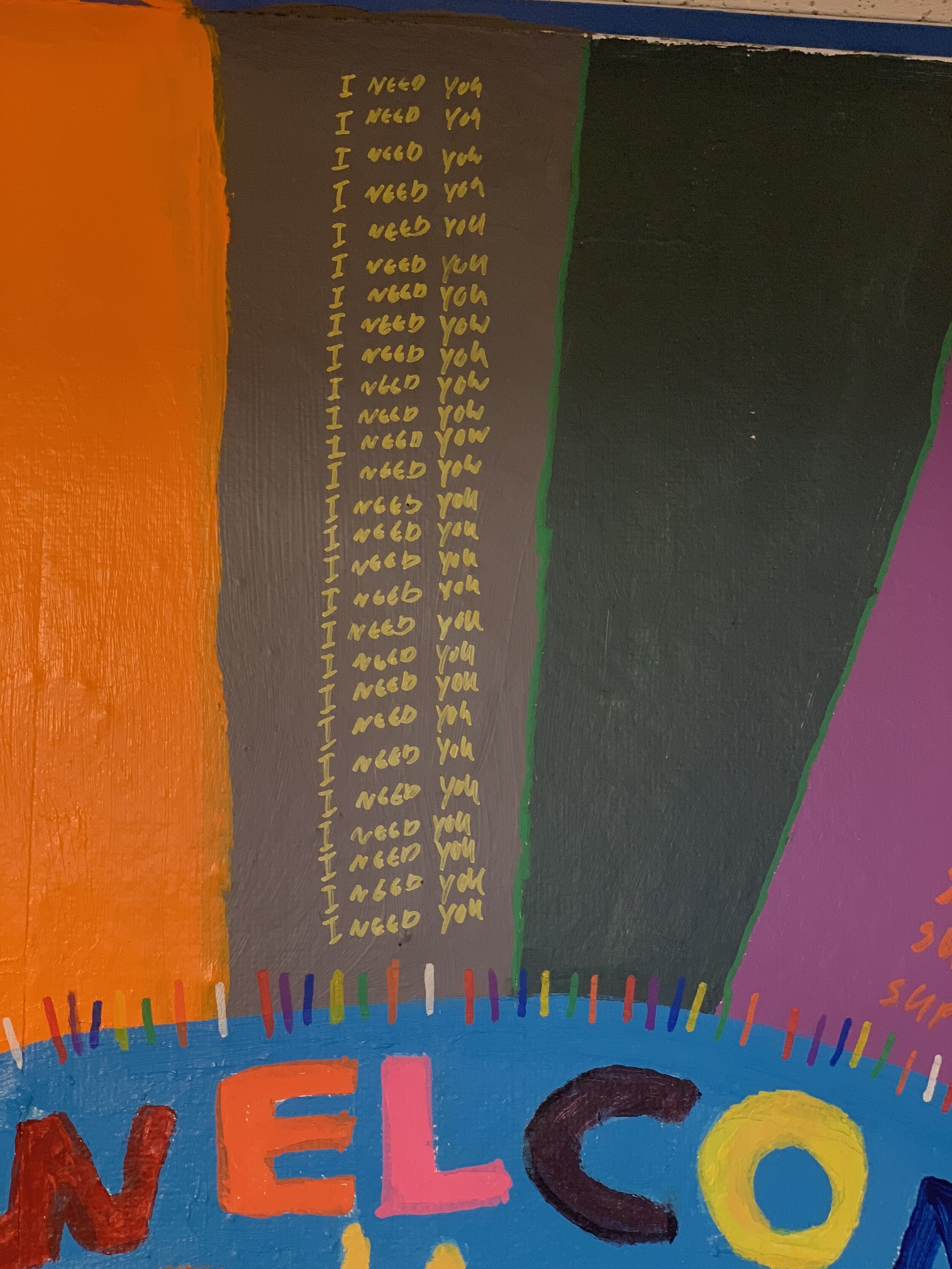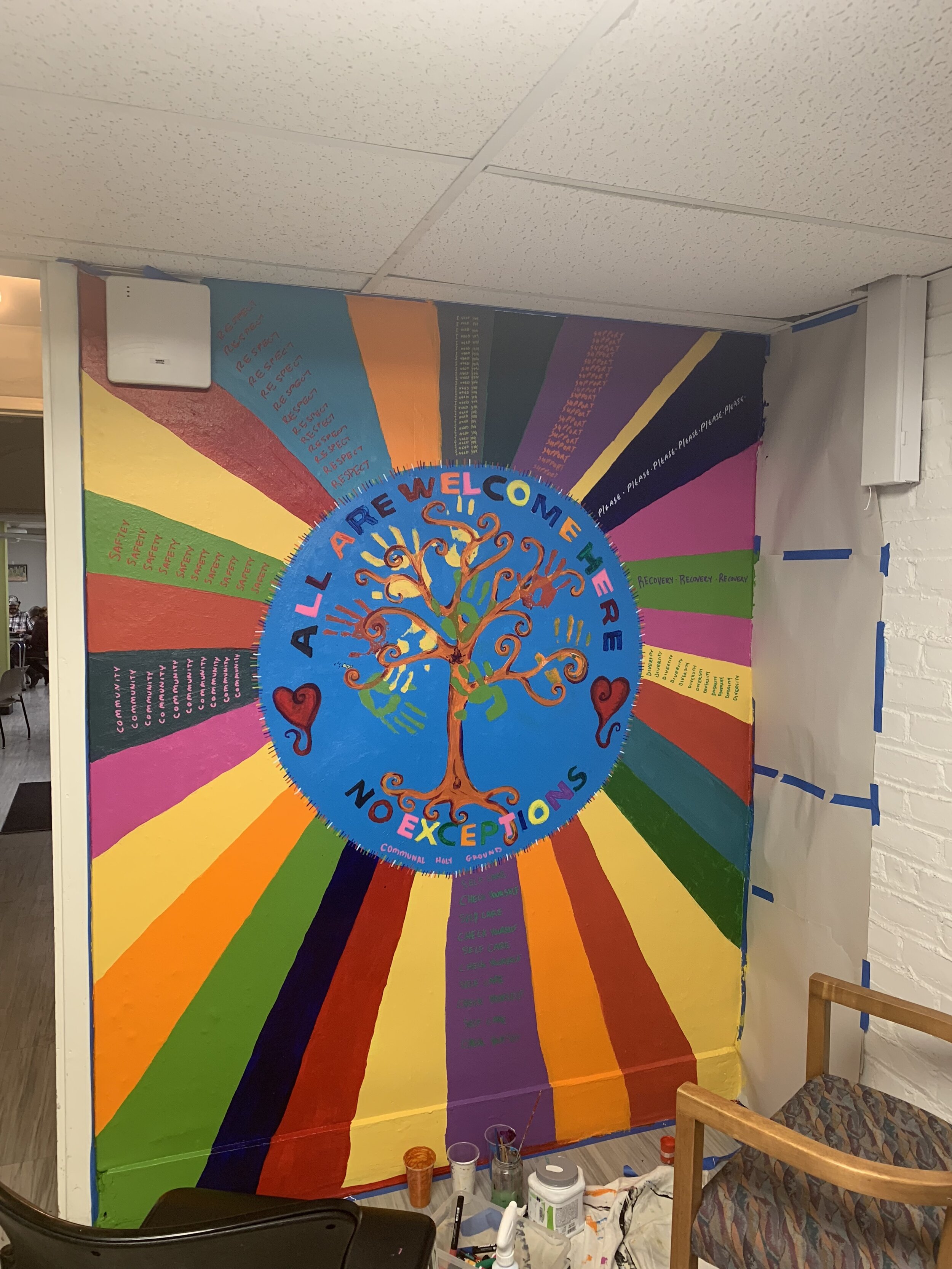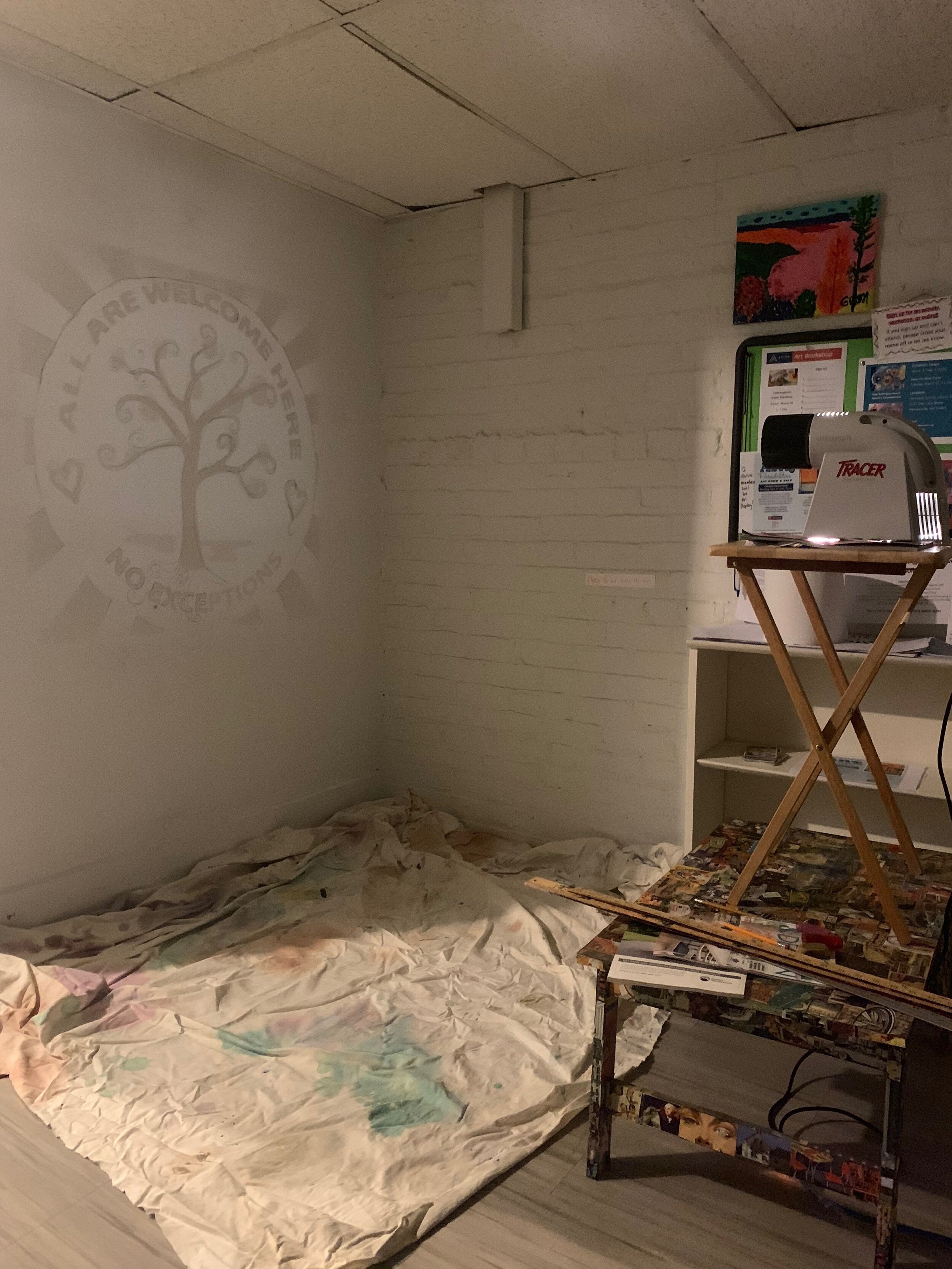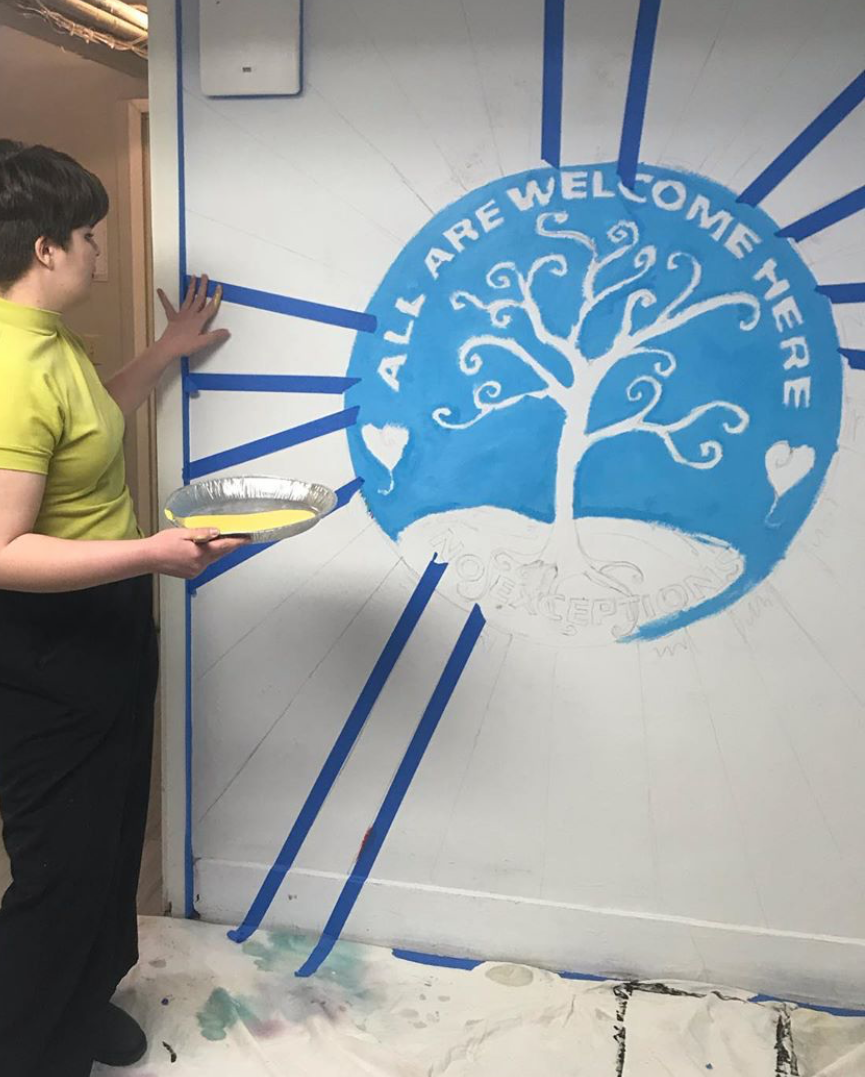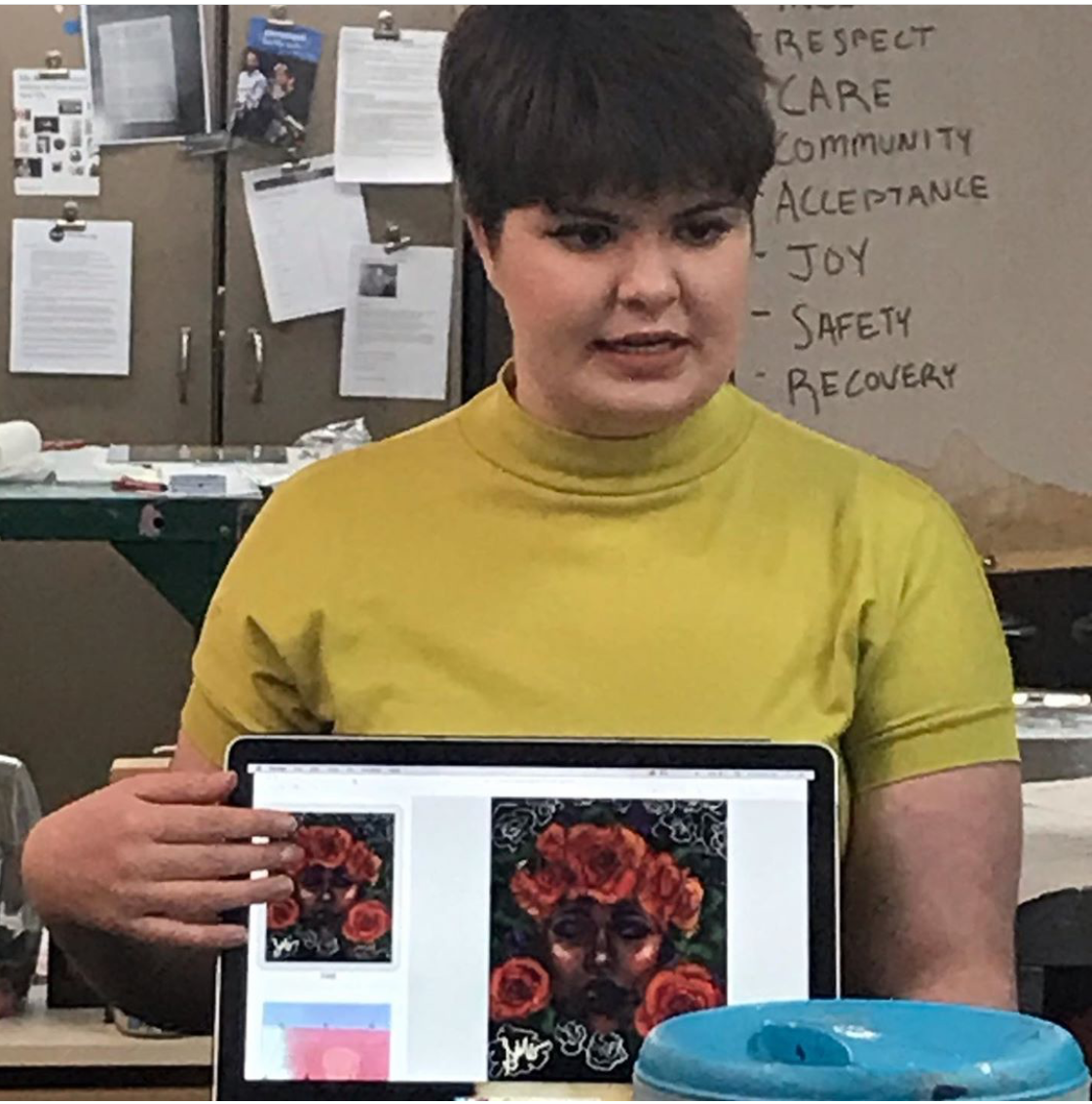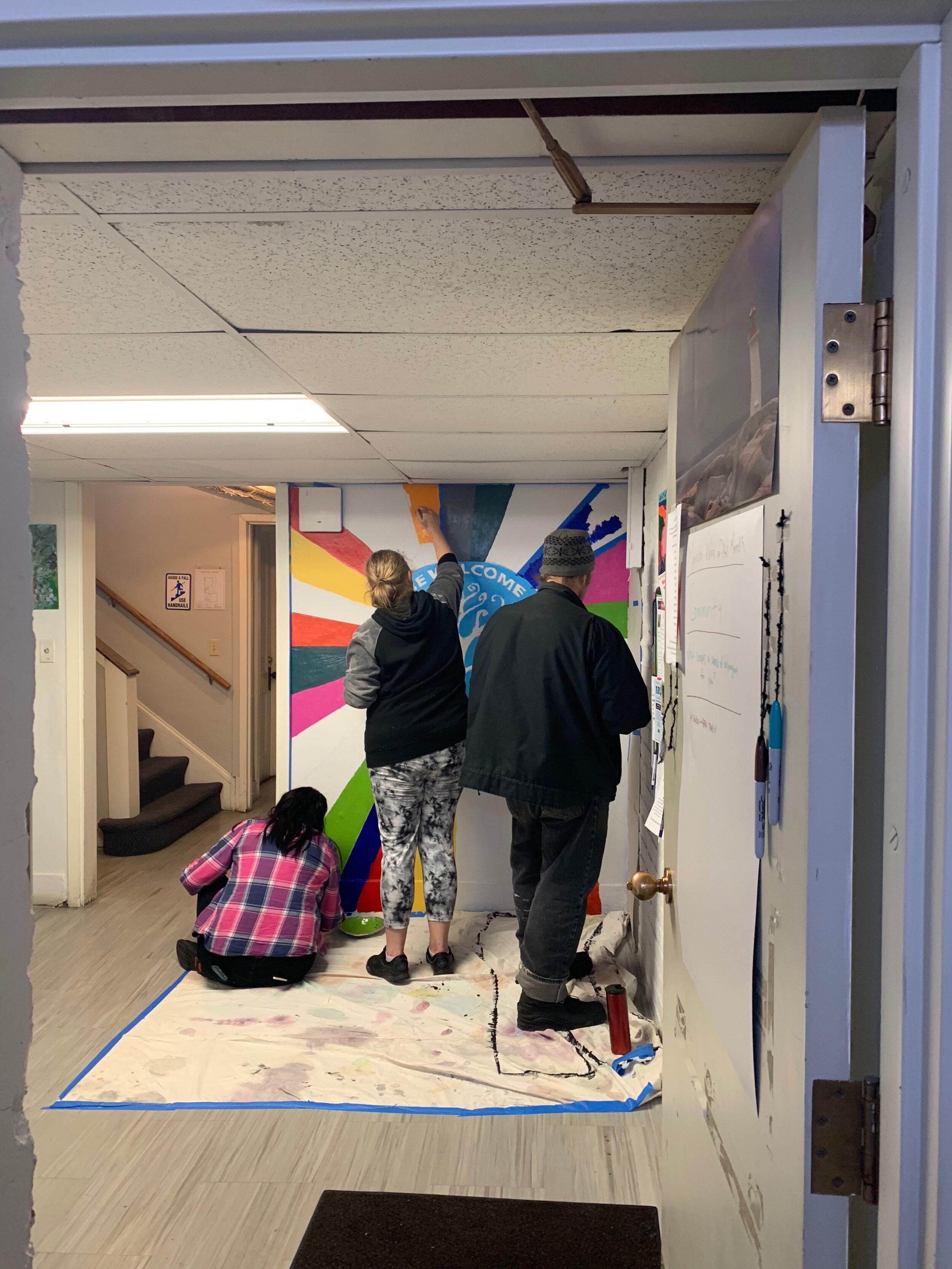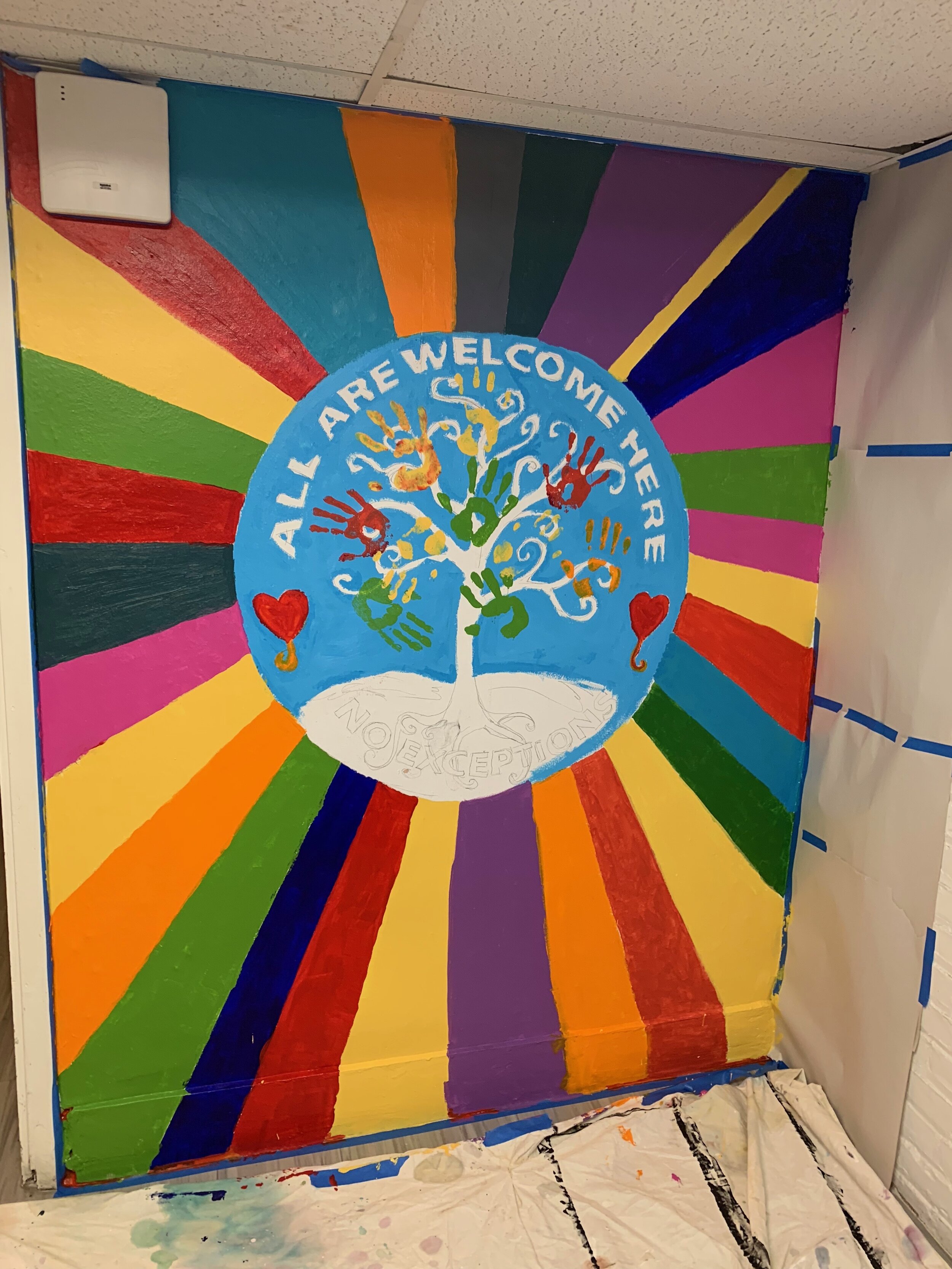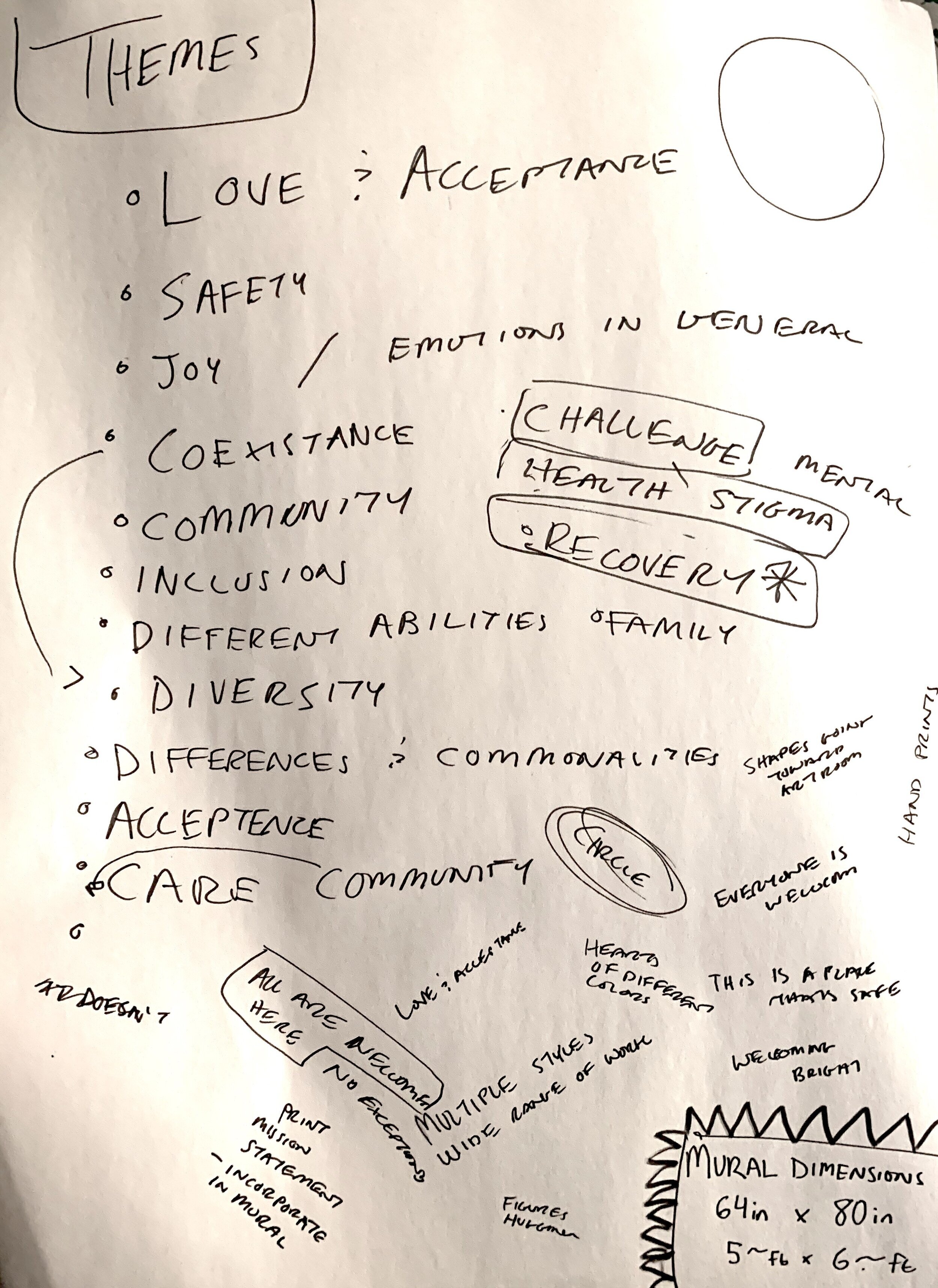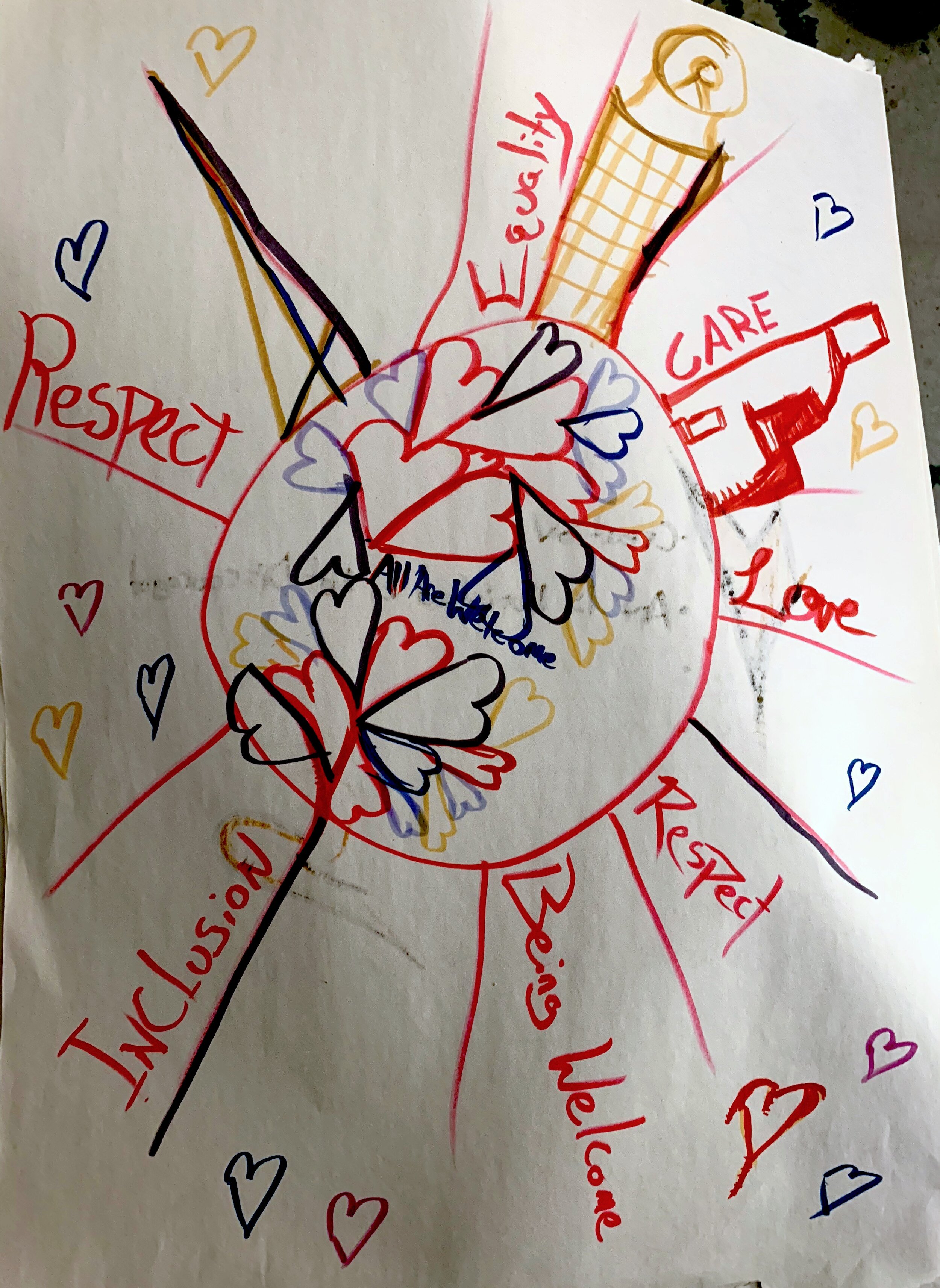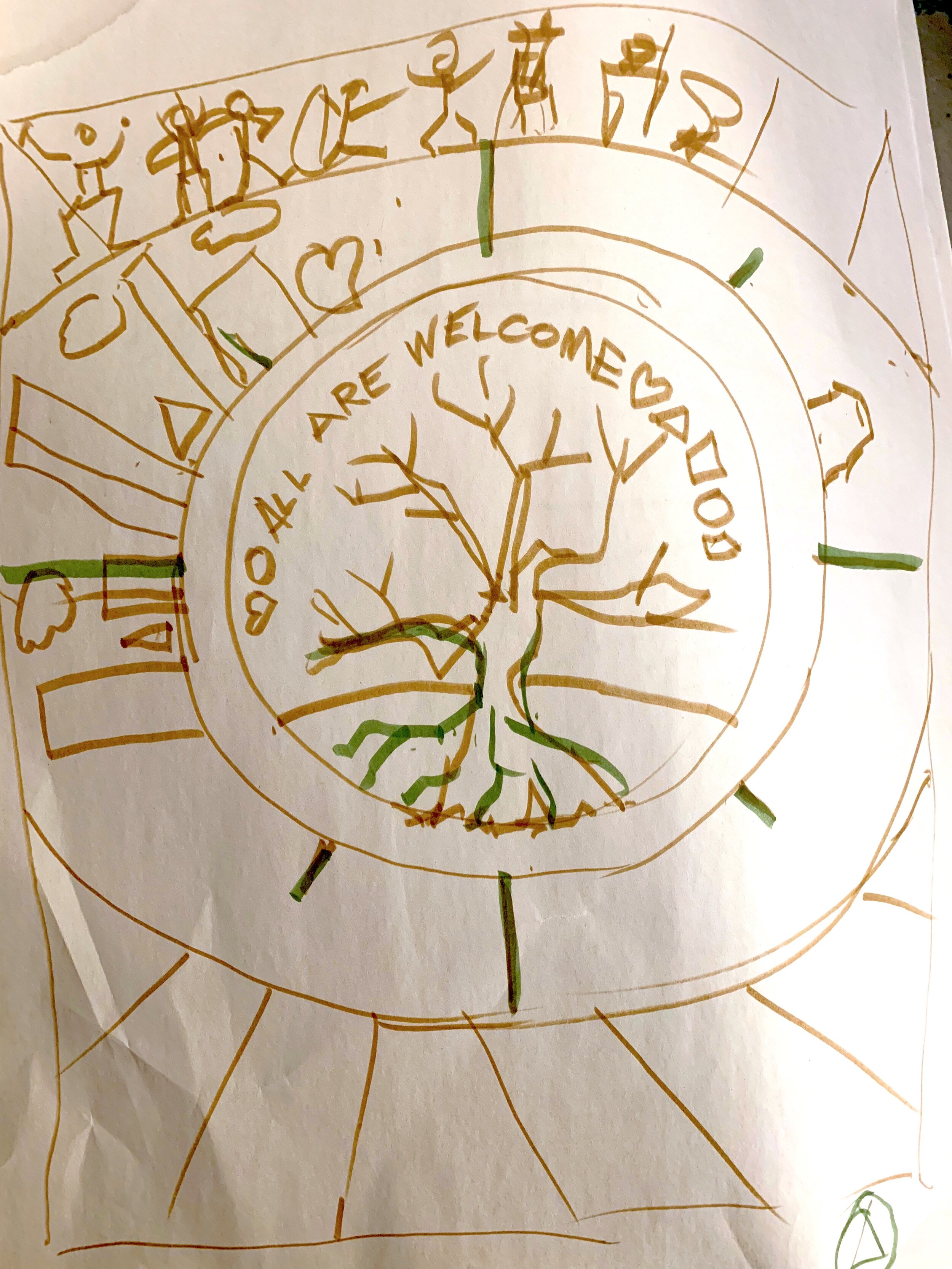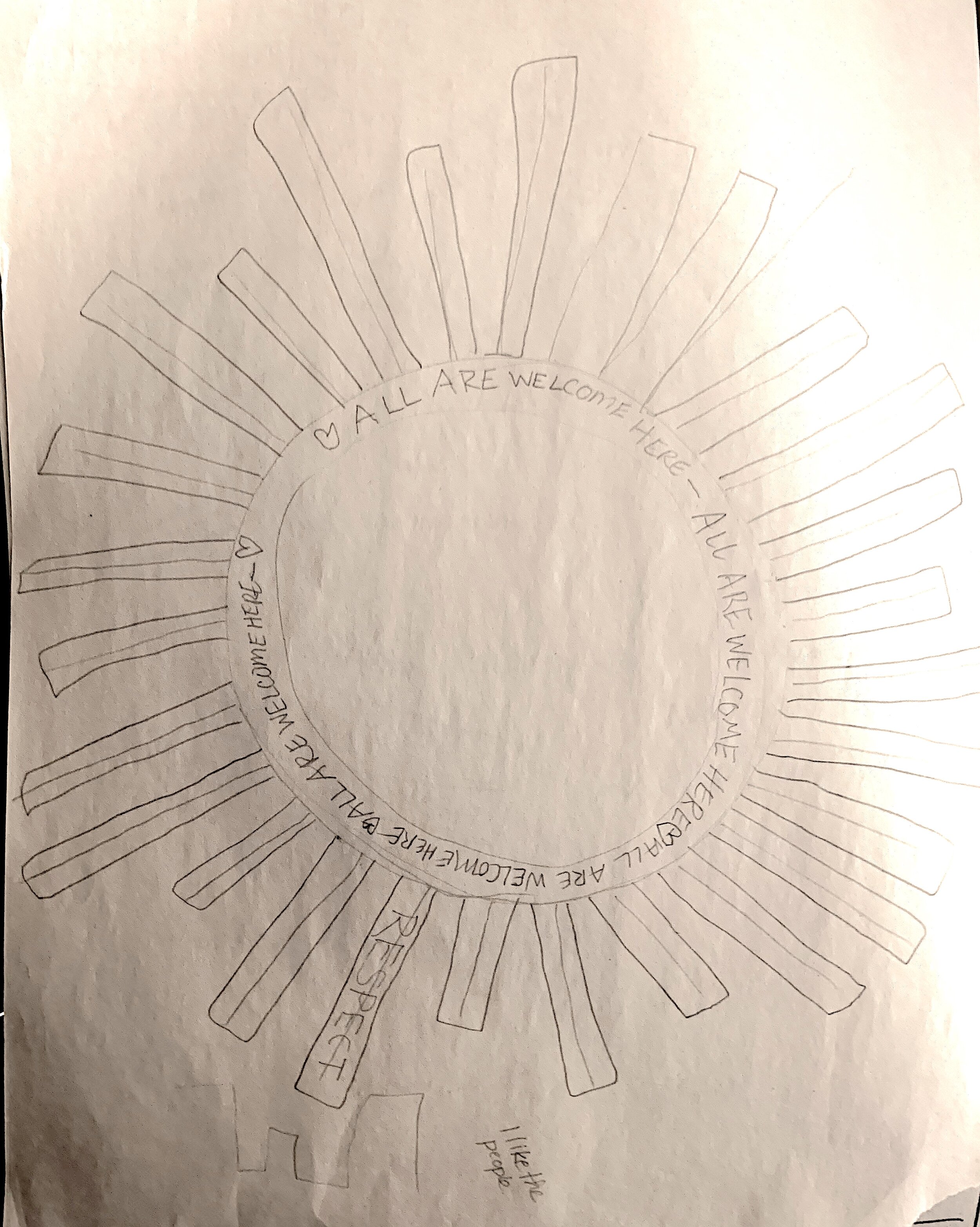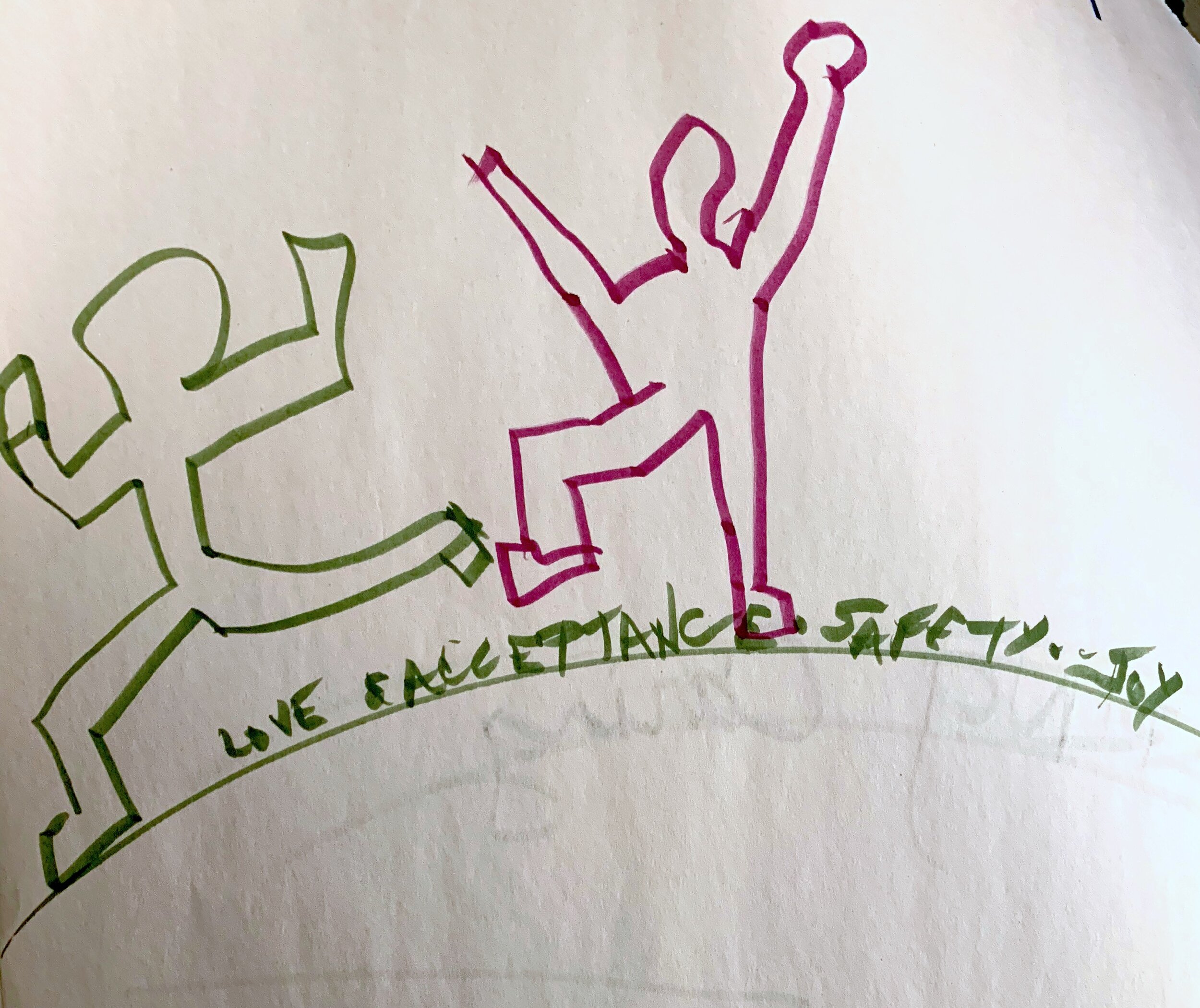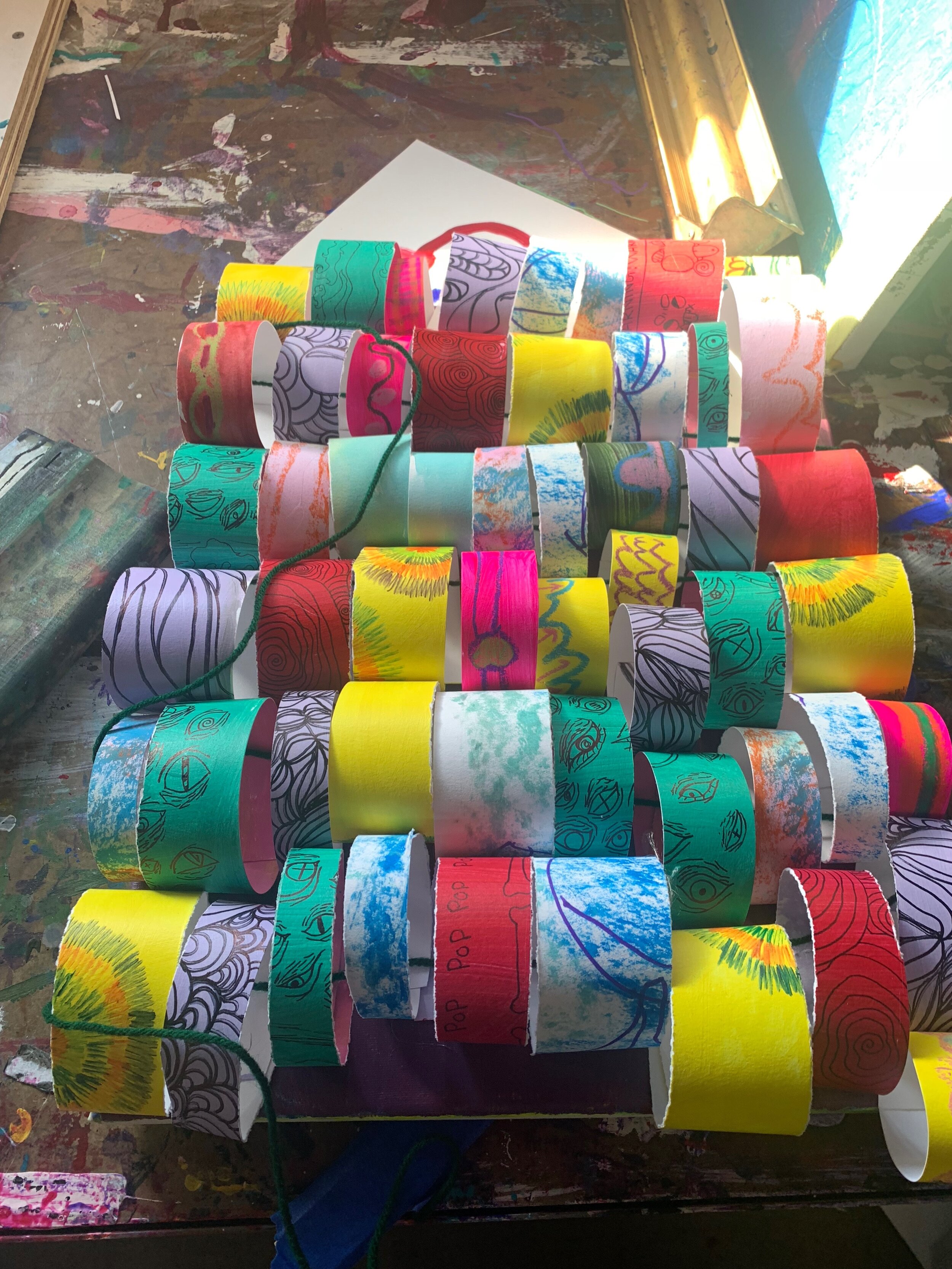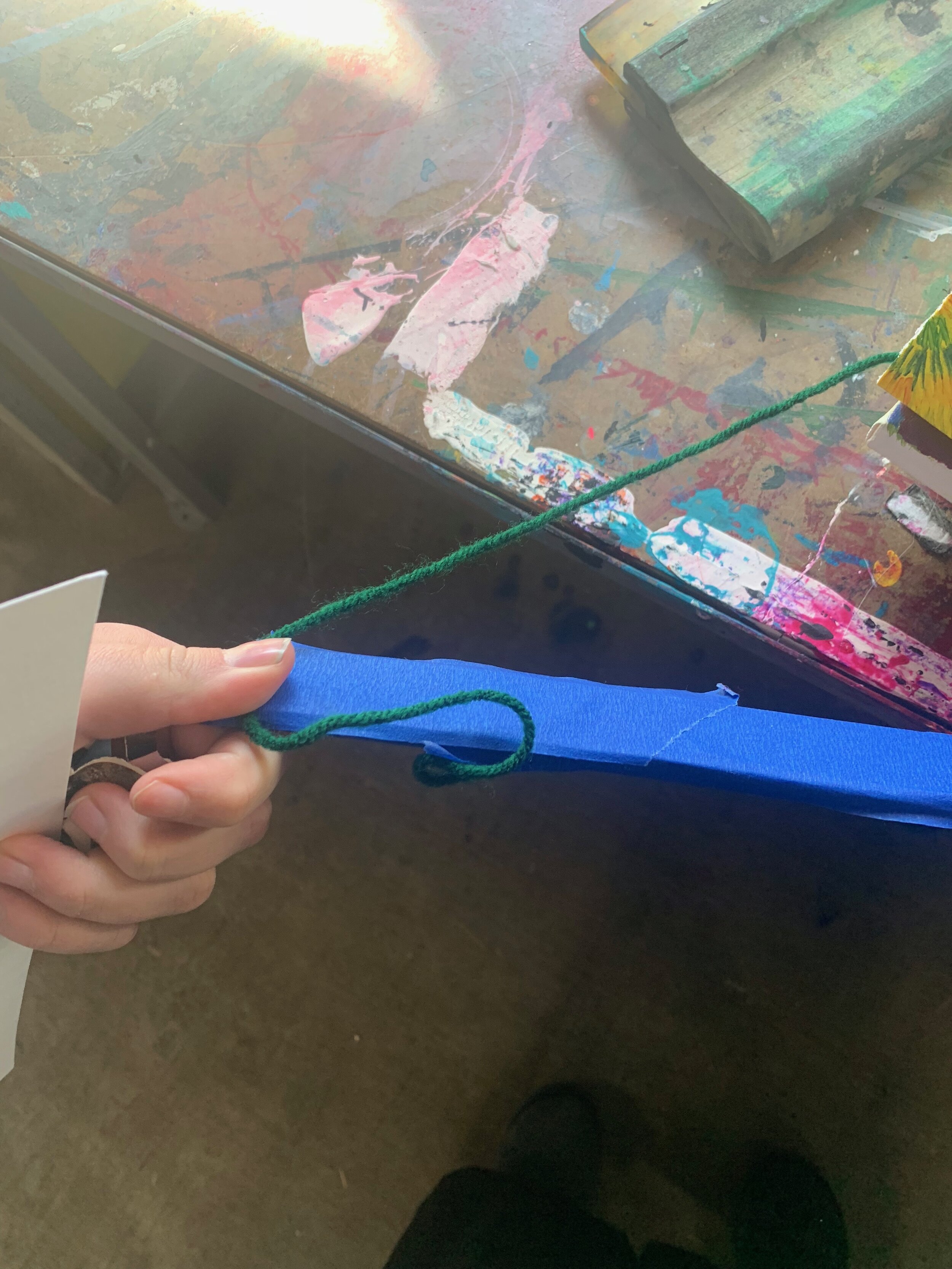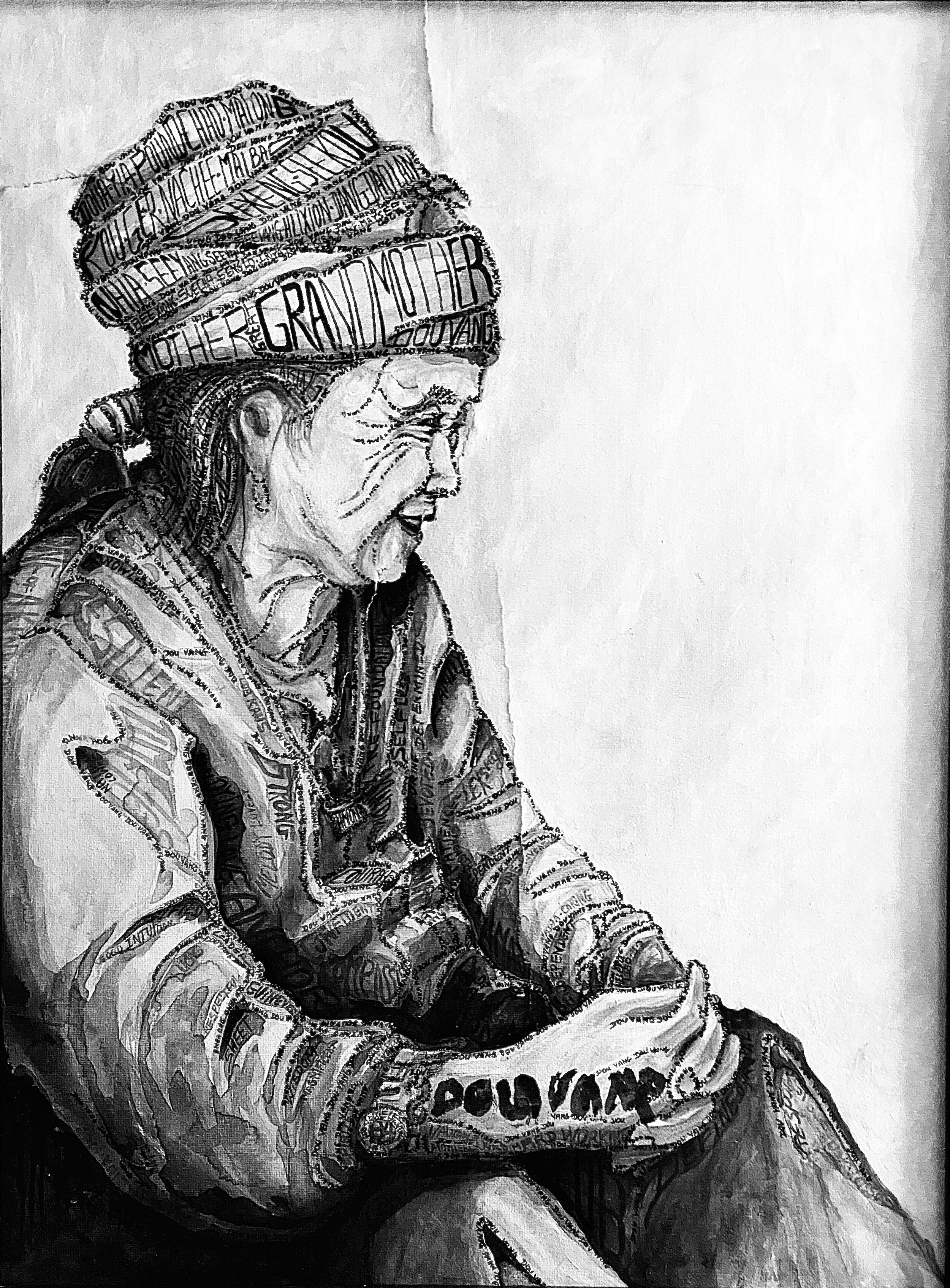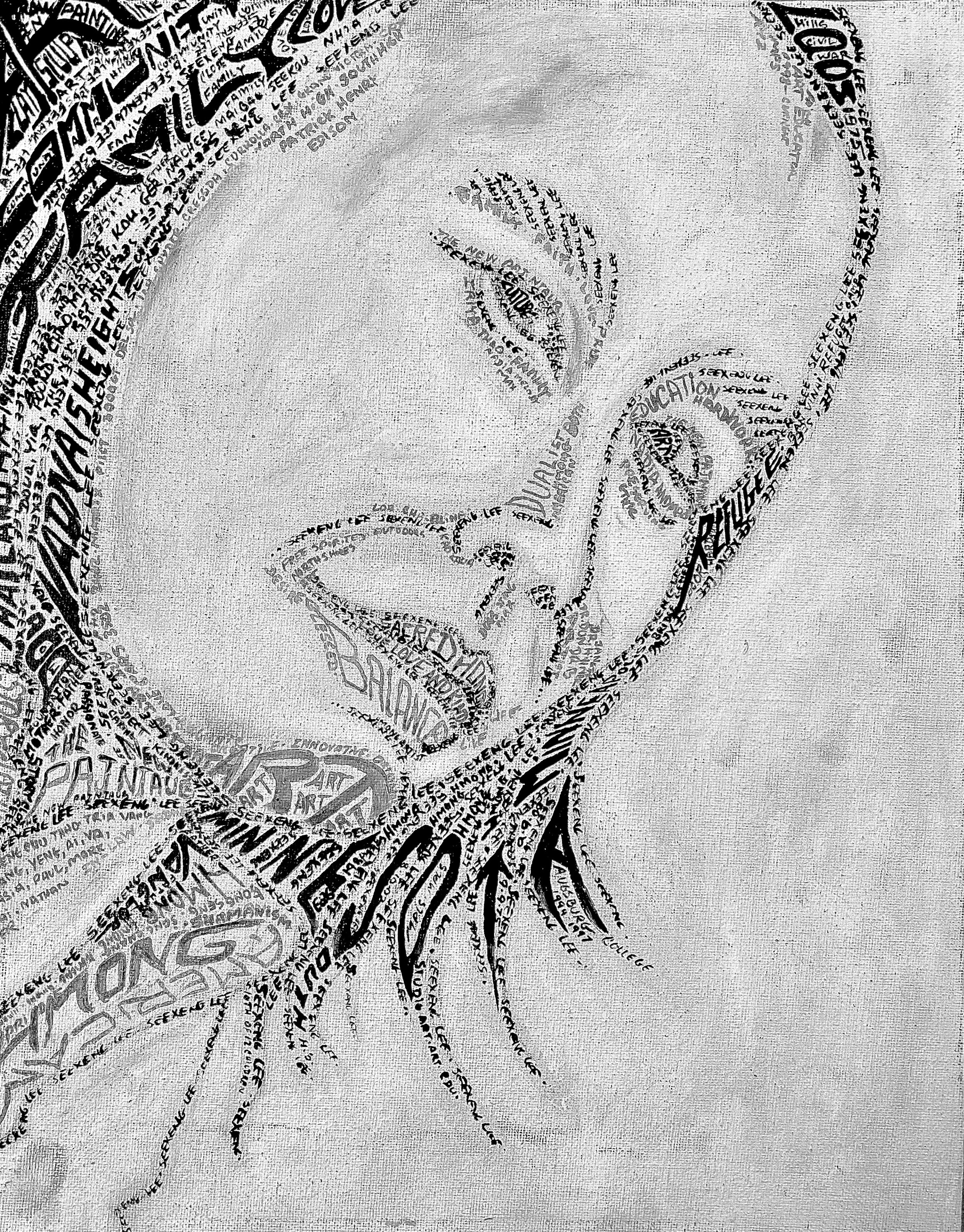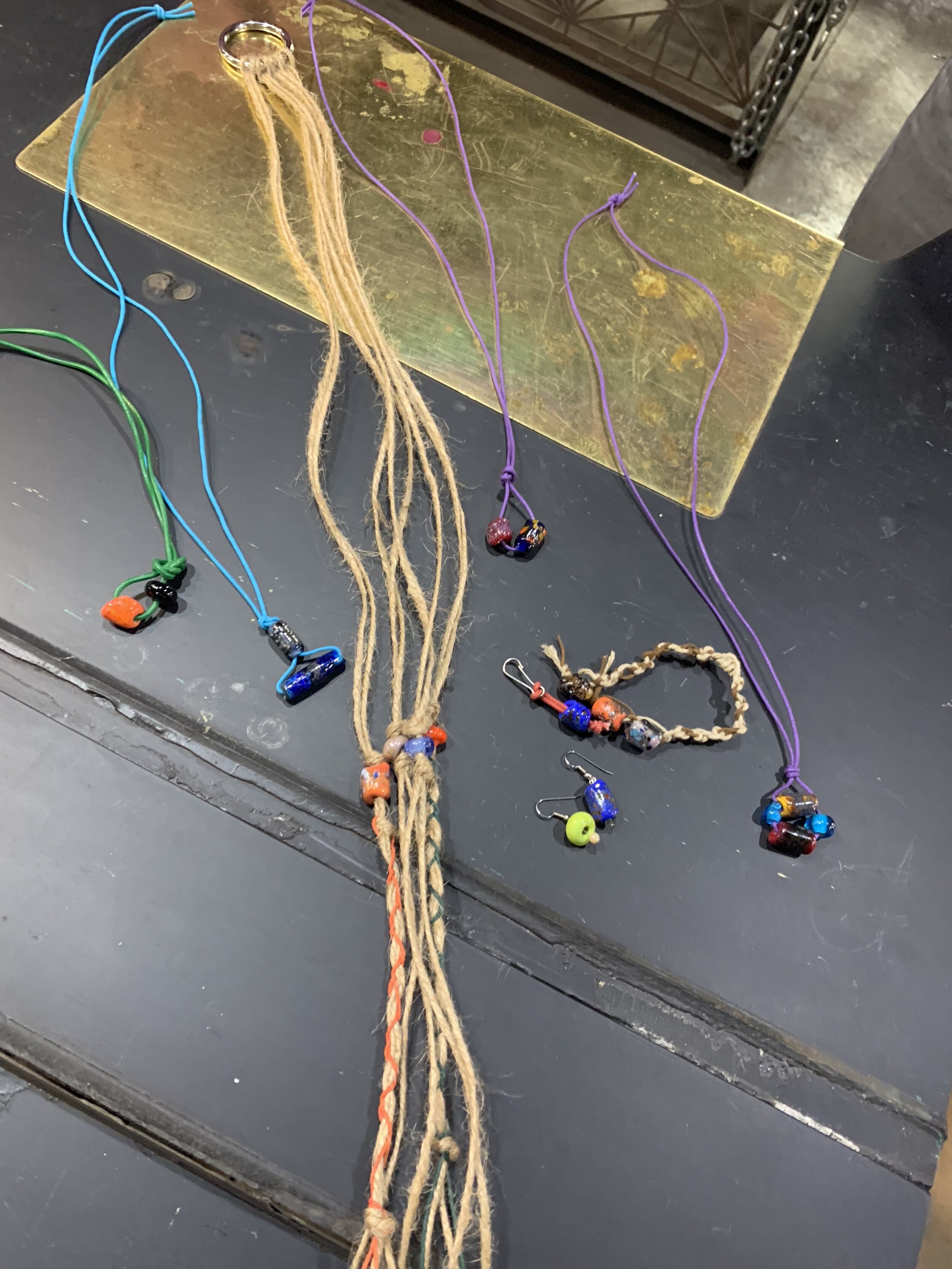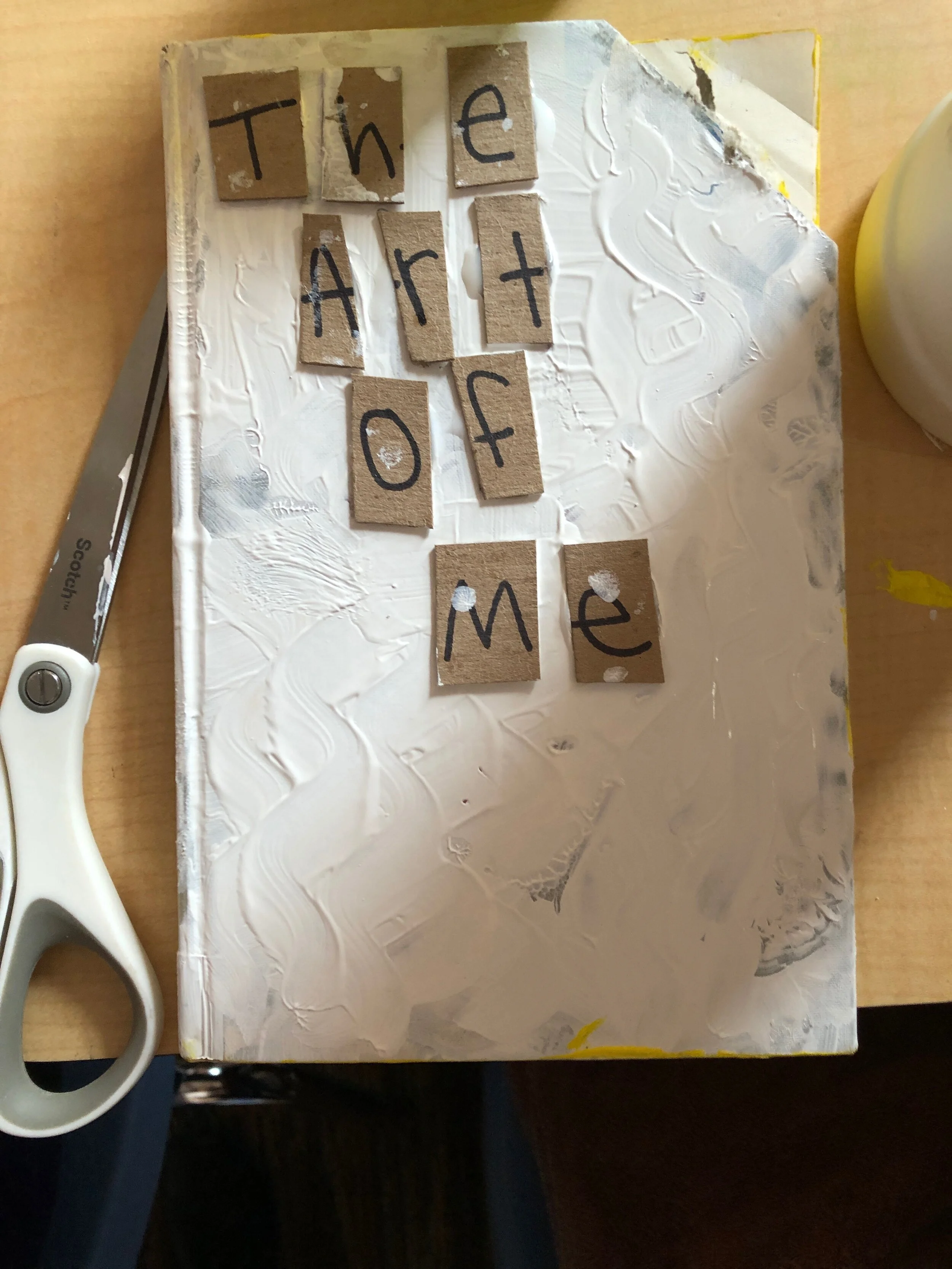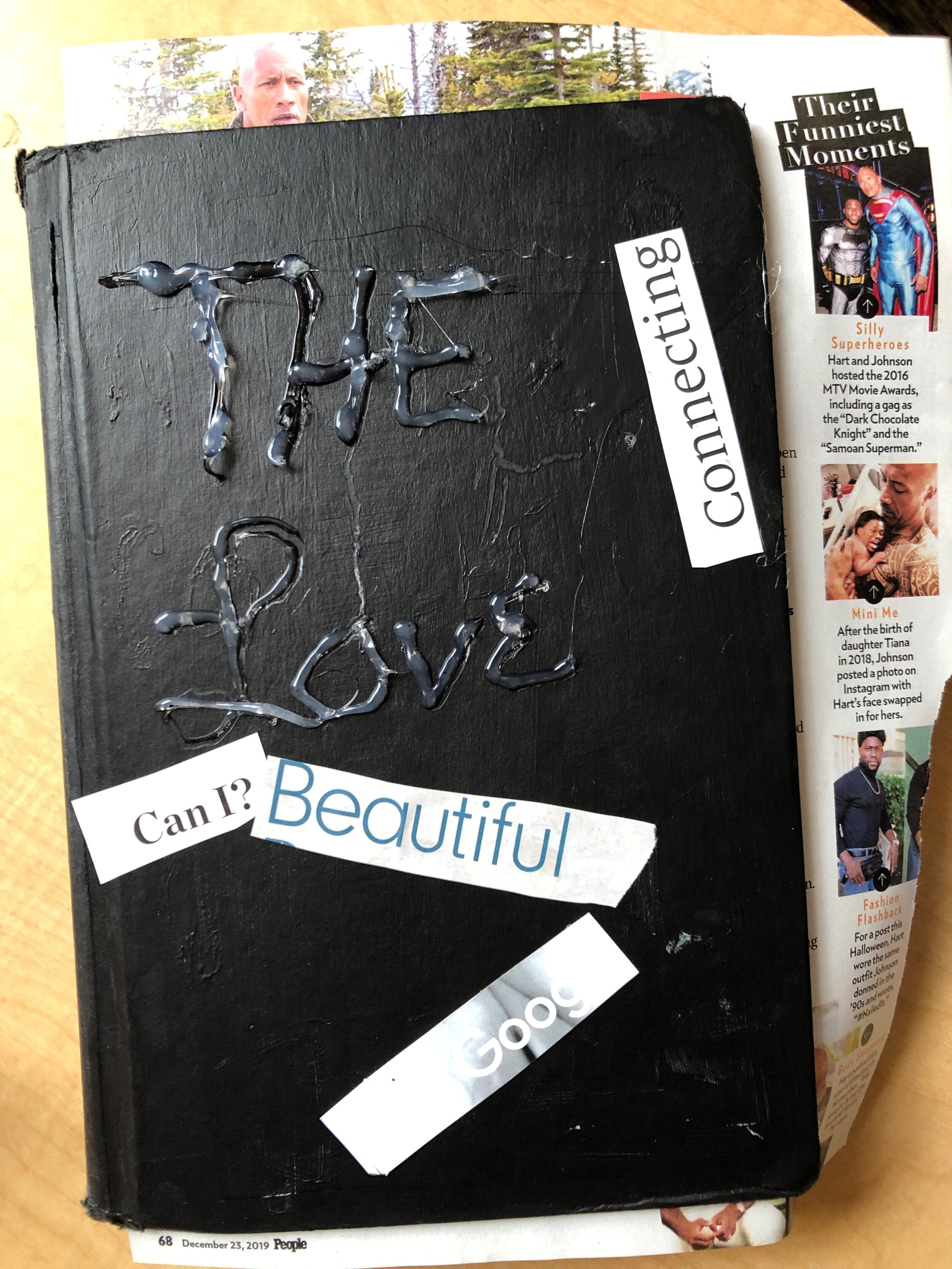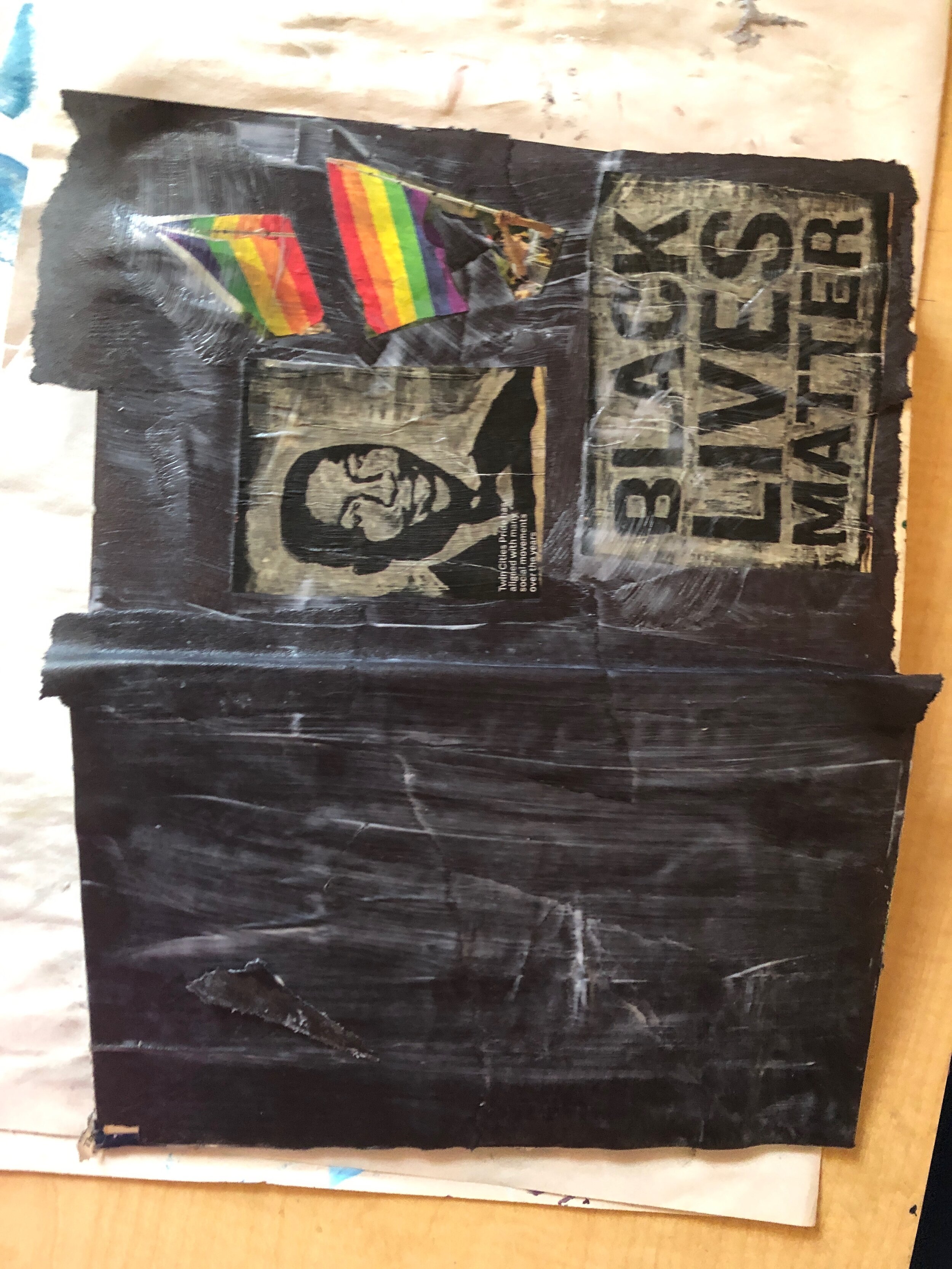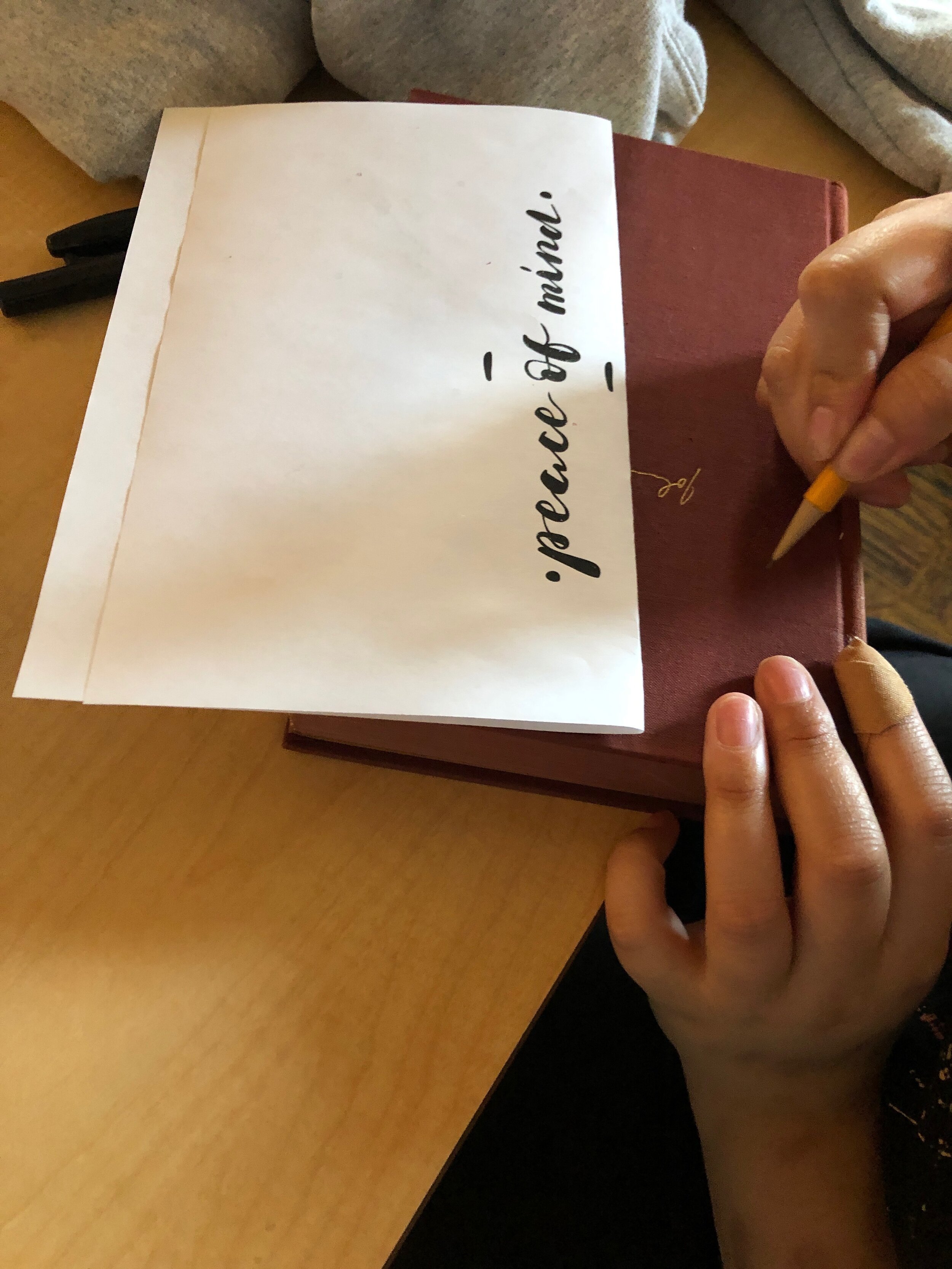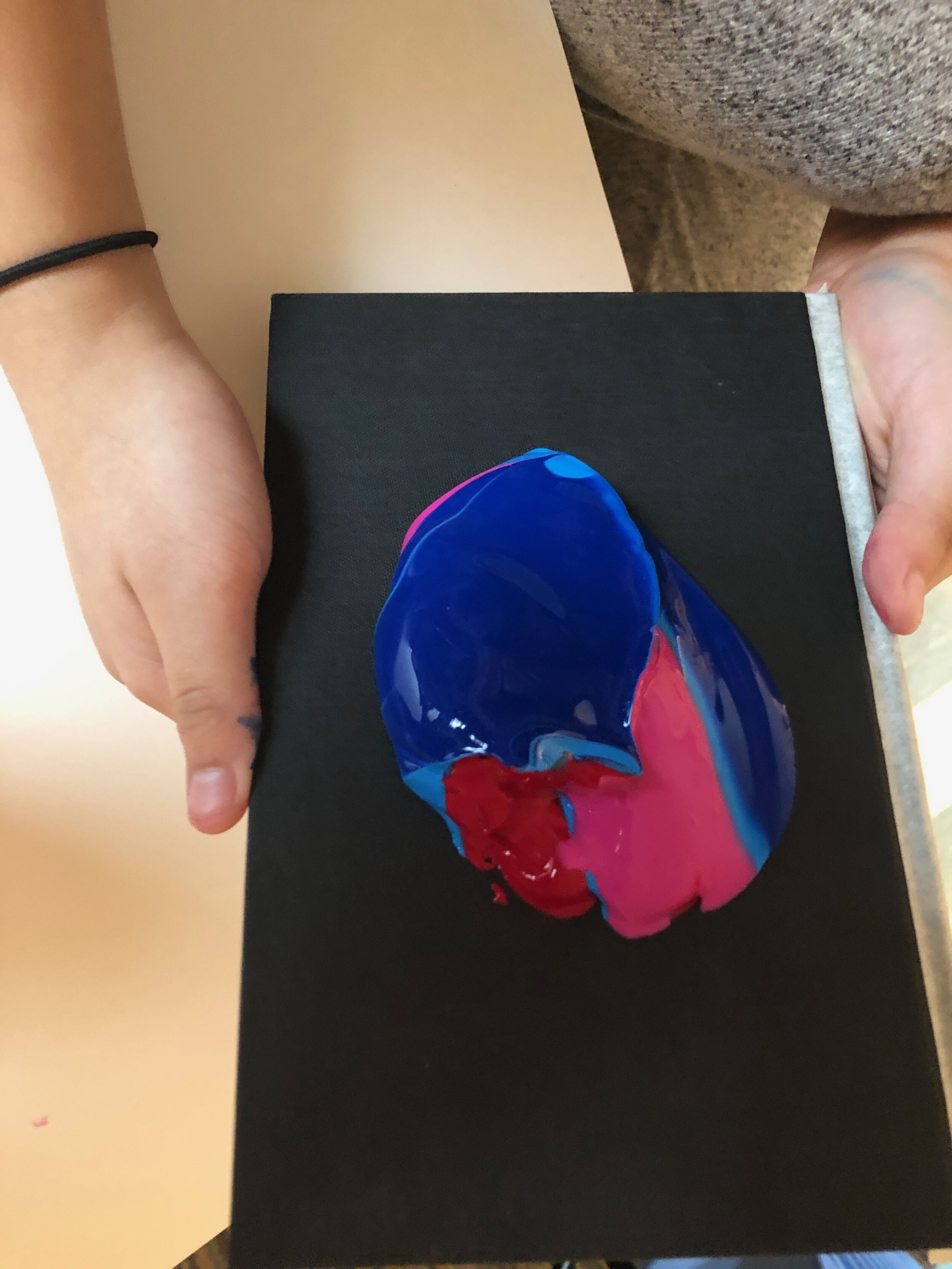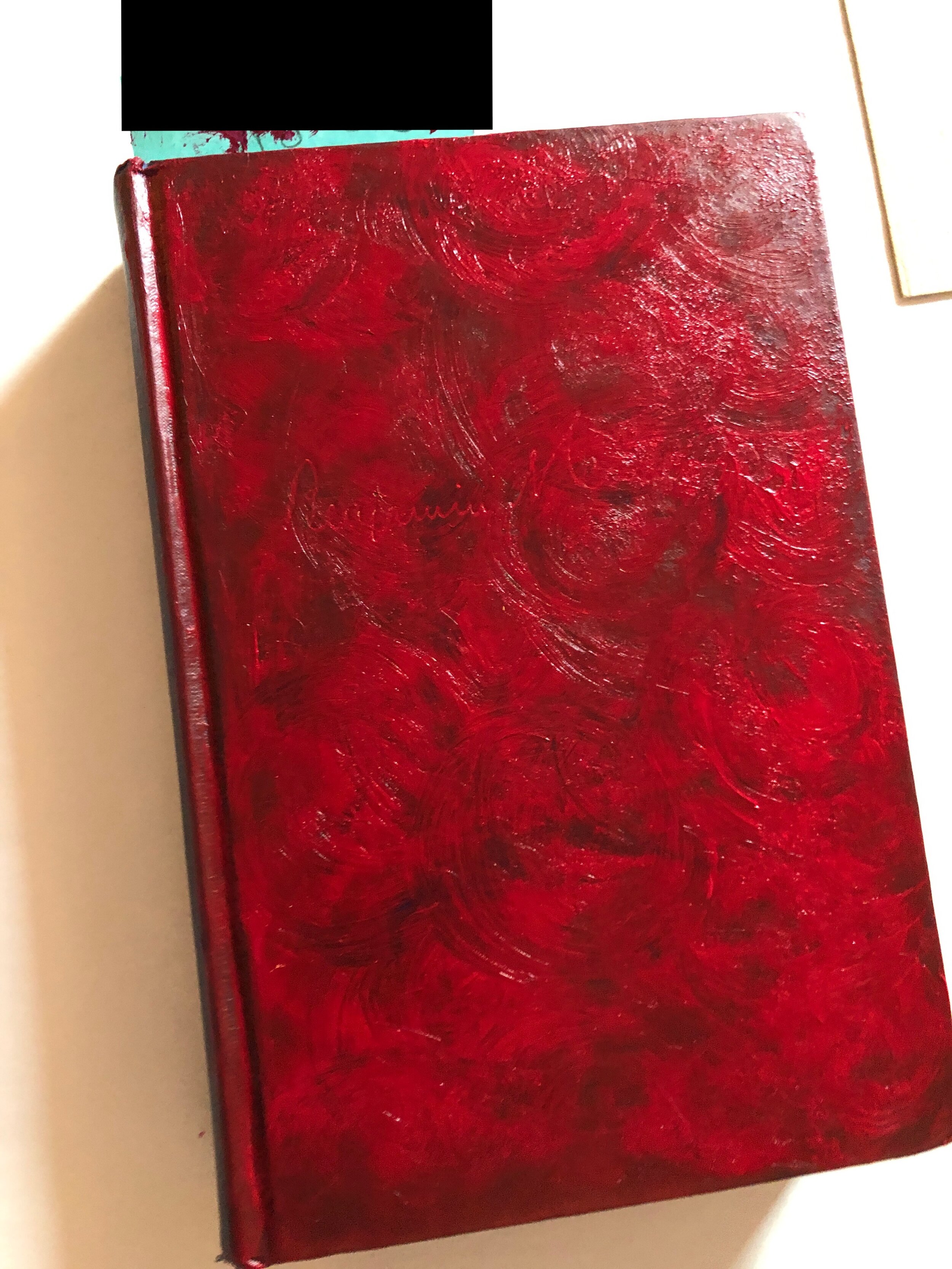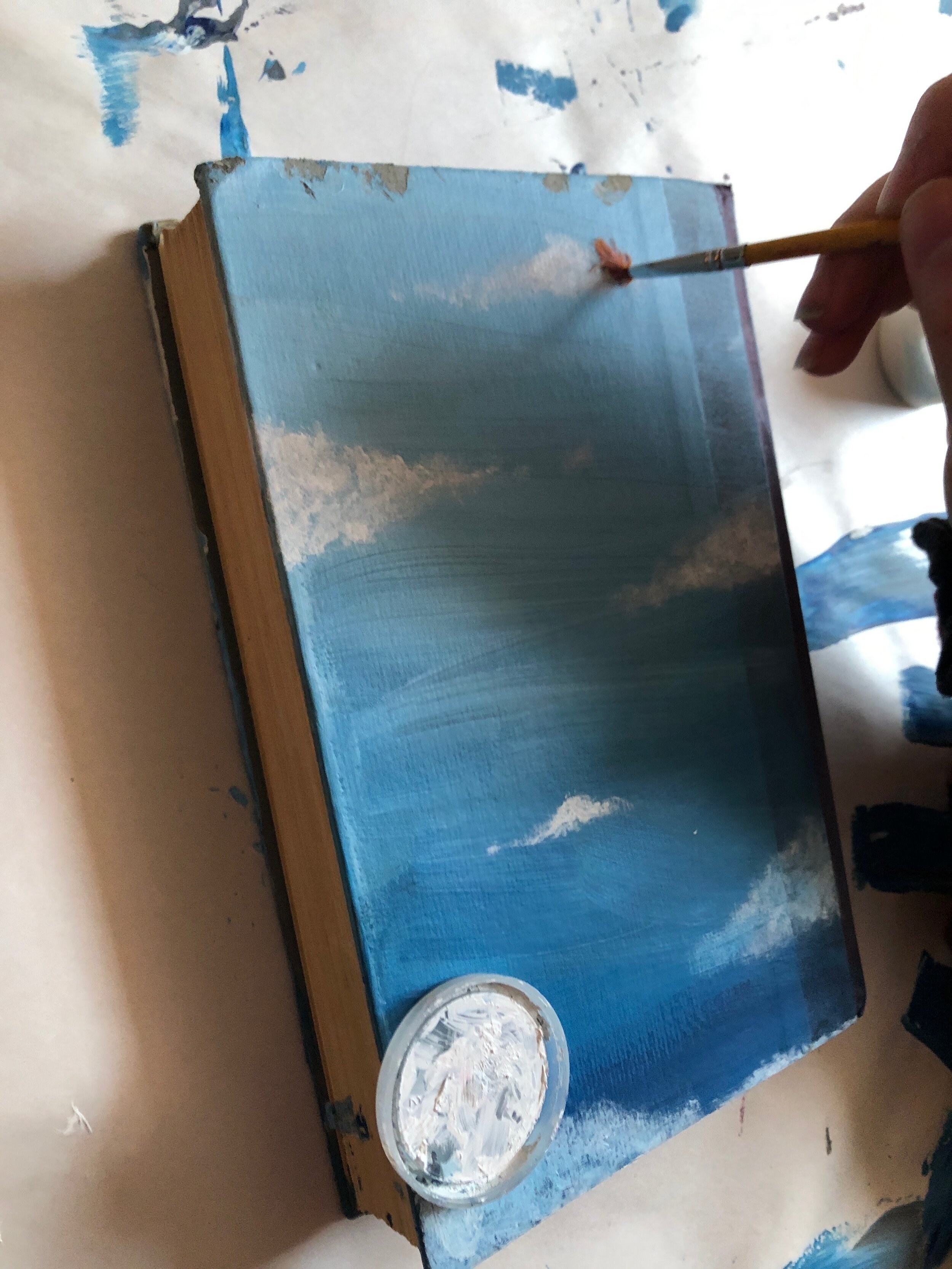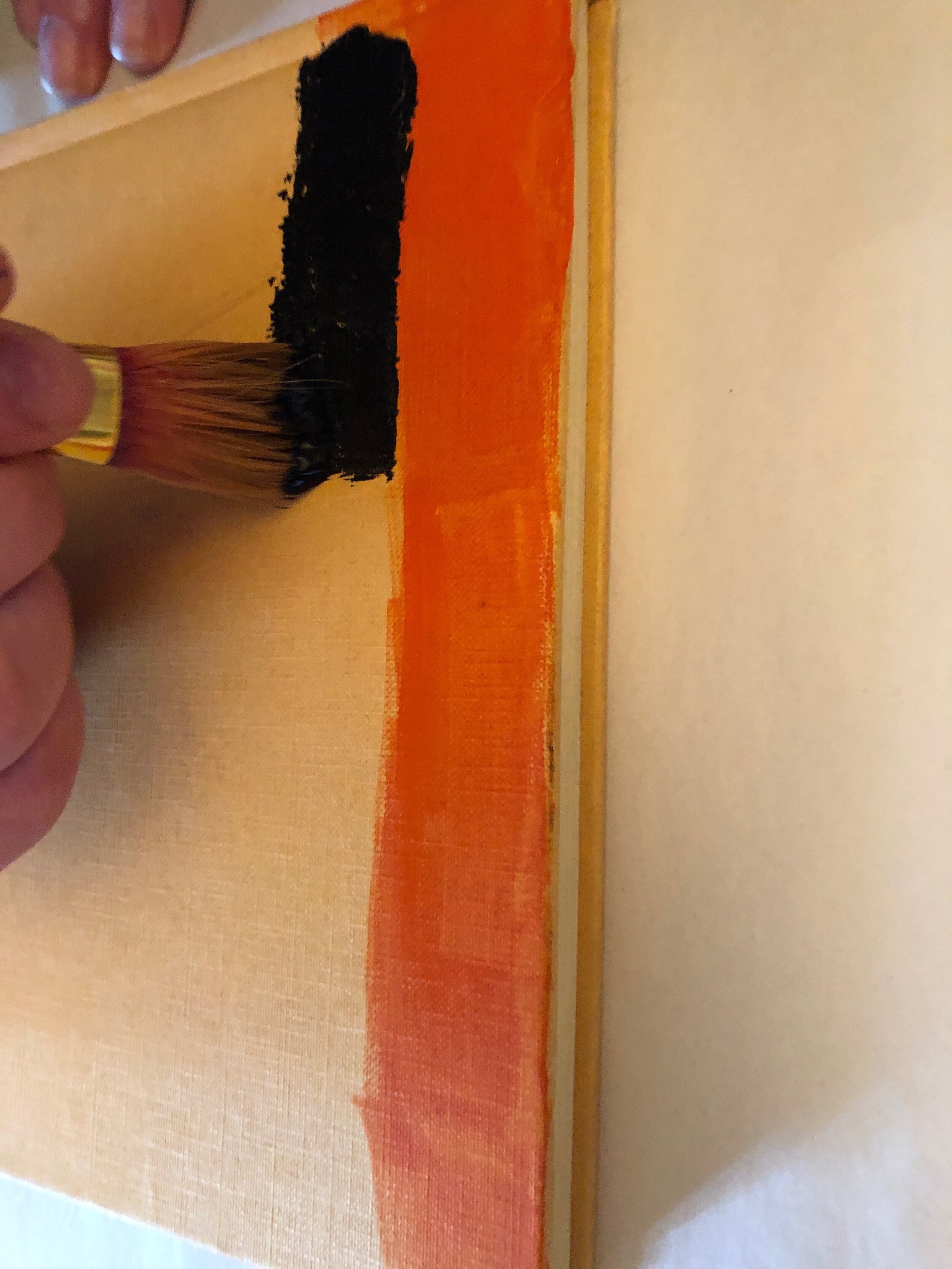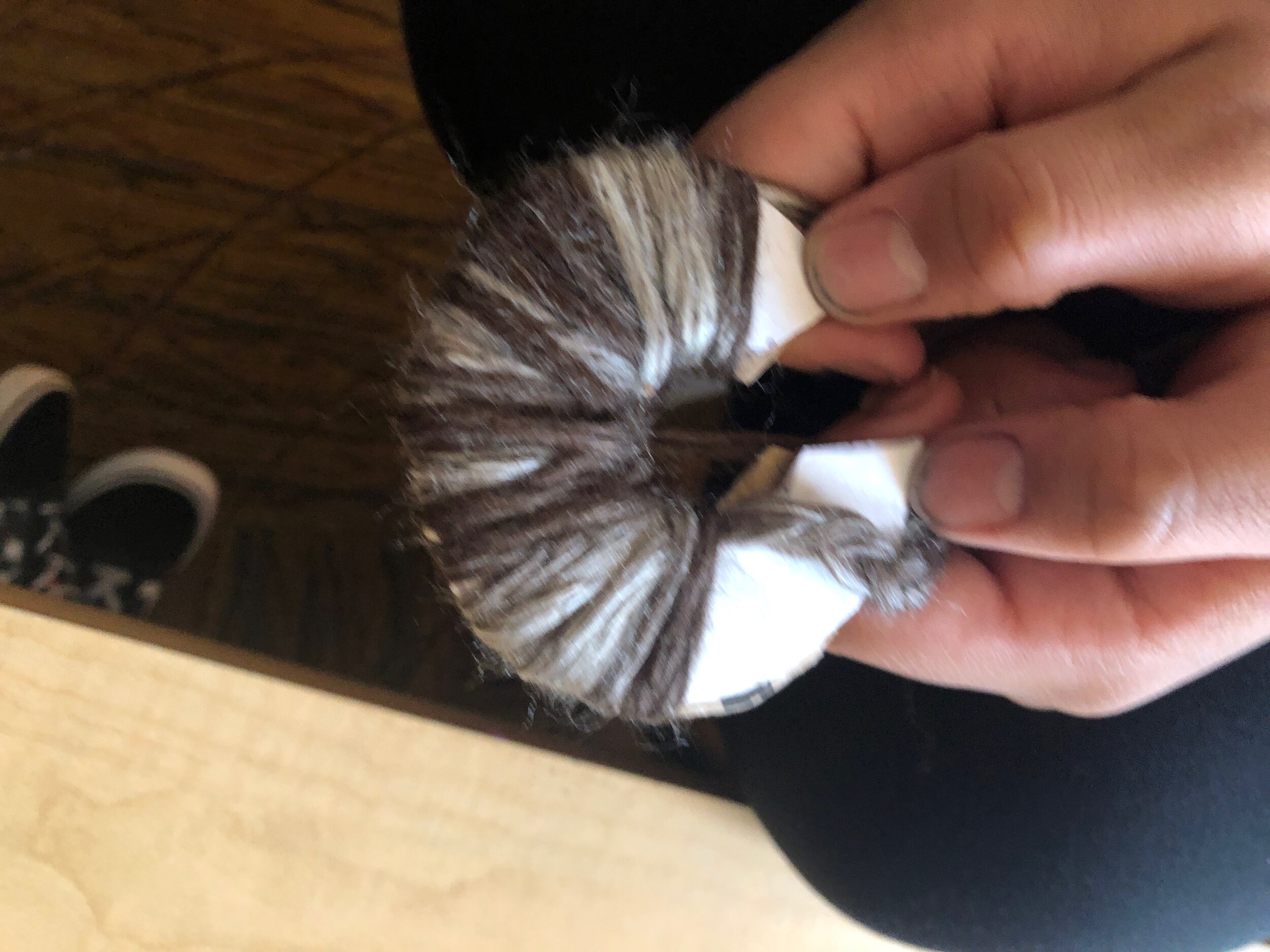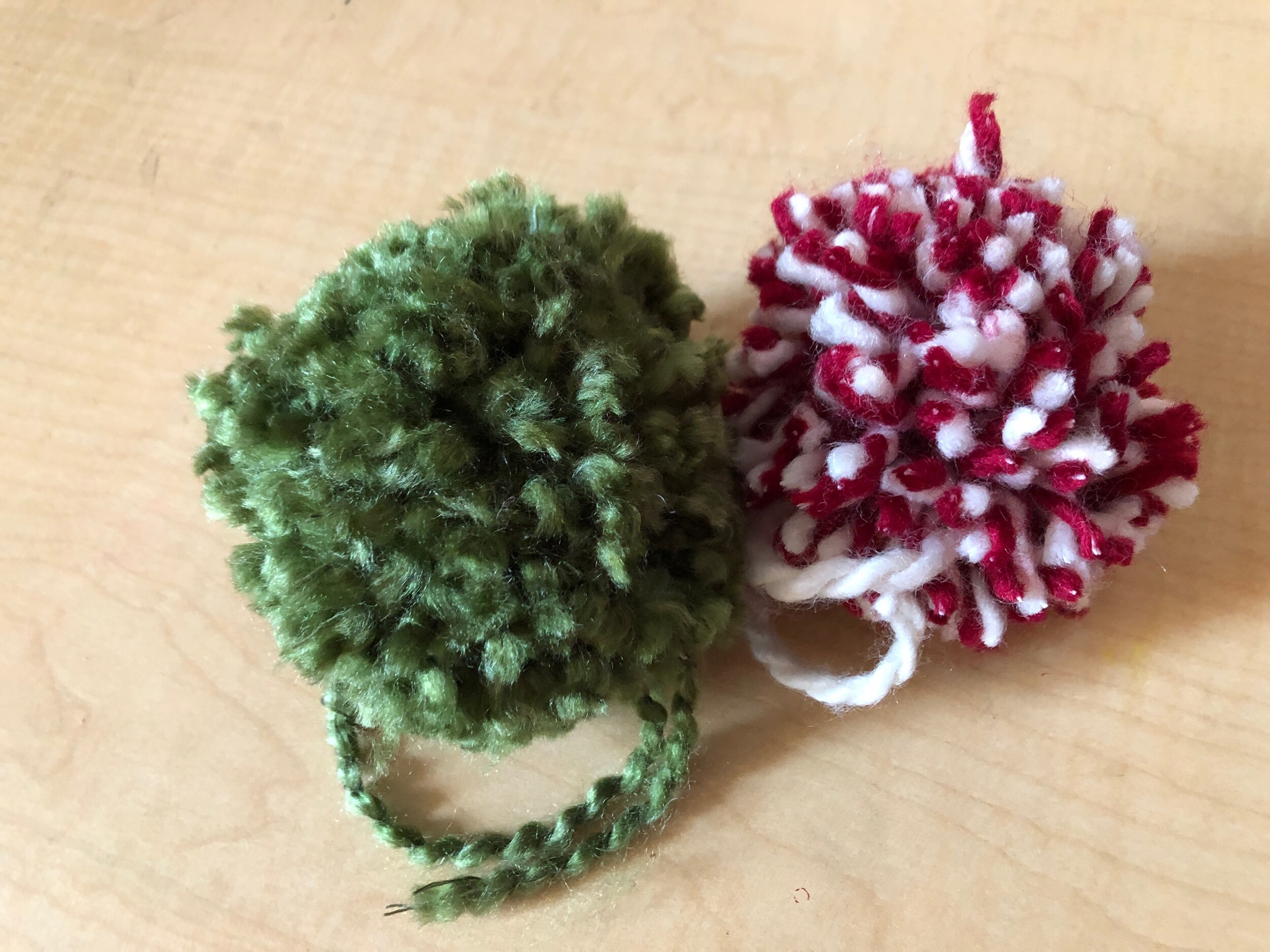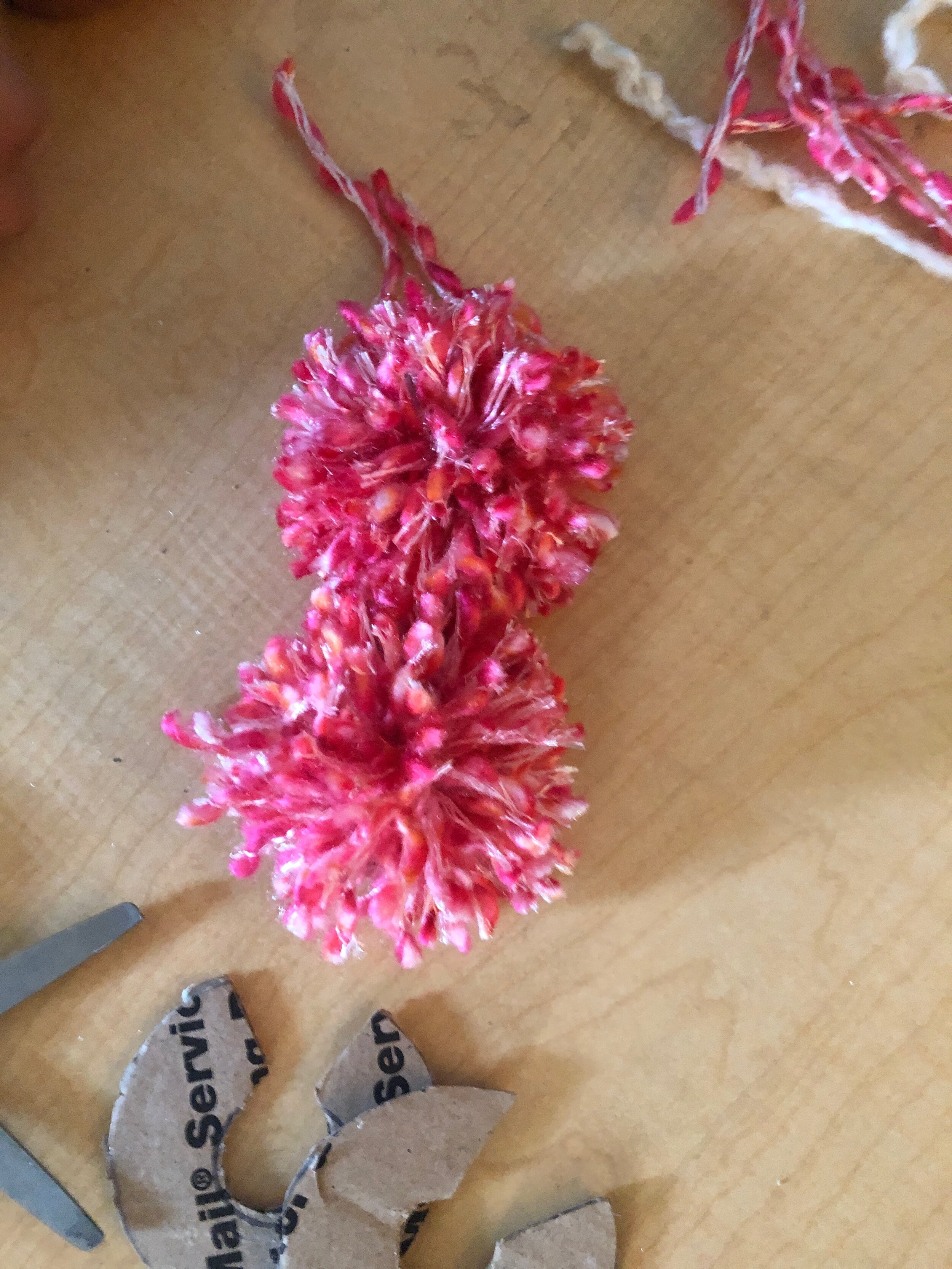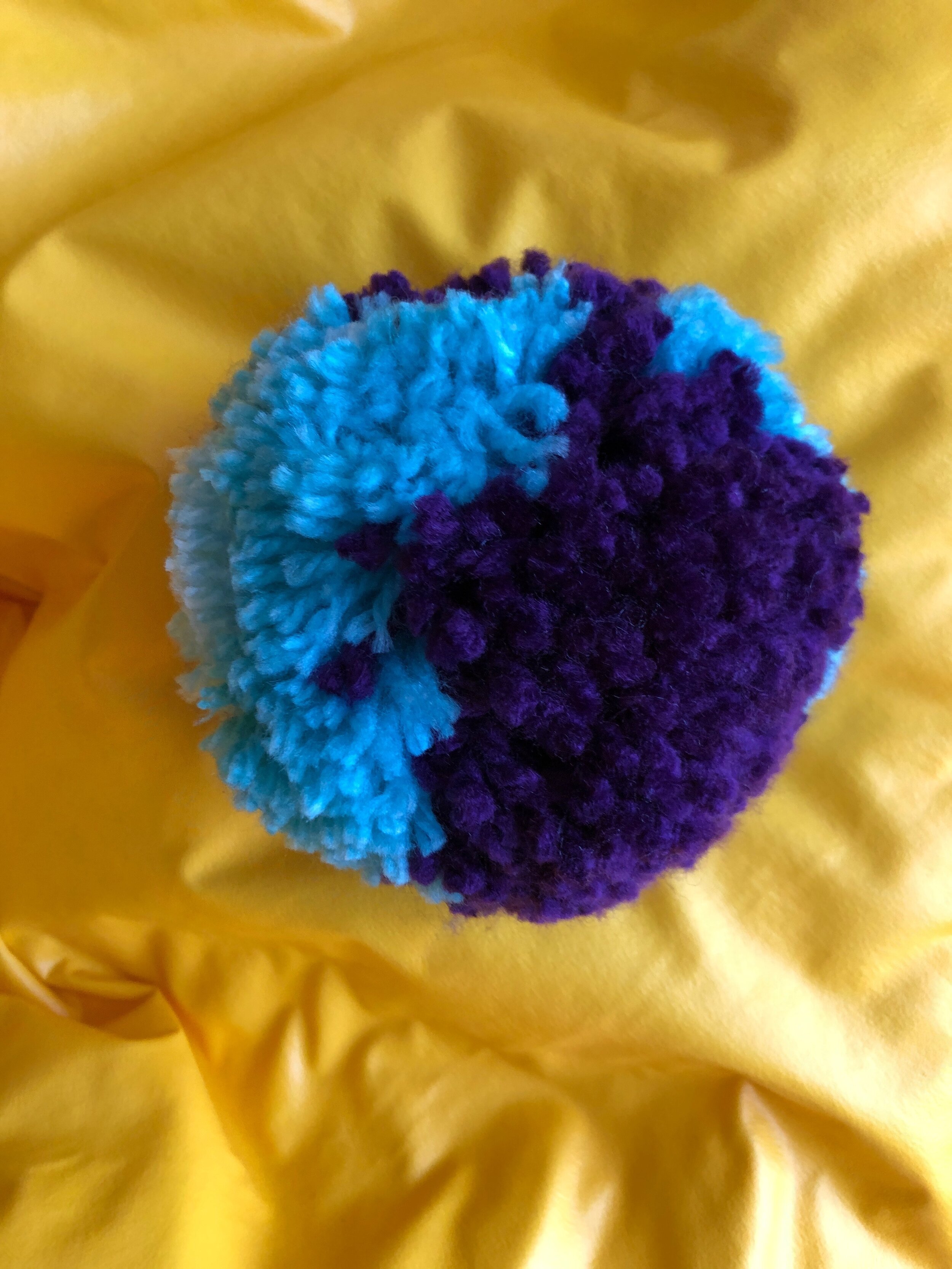Children’s Residential Treatment Center - Carmen Elate - Middle School and High School - 4.5 hours (1.5hours over 3 days)
This week I worked with Carmen at CRTC on Monday, Wednesday and Friday. This week we introduced a new project which Carmen and I worked on together--Self portraits through altered books! This was a project that I did in high school which really made an impact on me. On Monday, students were shown a slideshow of examples of altered books and I brought in my book that I made when I was 16. Each student got to choose from a stack of hardcover books which Carmen got from the thrift store. Carmen asked each student to come up with a list of ten things they might do in their book before starting to work on them. Some students chose to do found poetry in the text already in their books, others chose to collage, some chose to paint and draw. Students were learning about incorporating text and imagery together--as well as creating the layout of a book and using found materials. Some students started by pasting poems that they liked in their books written by others, and soon after students chose to incorporate poems that they wrote in english class following the prompt “The first time I…”. I think the most important lesson from this project is really learning how to allow for messiness--students were given freedom to do anything to an object that they maybe were taught to be precious or strict with. By giving students books that were from the thrift store--many of them vintage--students eagerly tore into the books and had complete ownership over making something new and personal. Many students chose to take their books with them outside of class to work on them further. I also think that the prompt of a self portrait allowed students to reflect on the past, present and future; one student chose to divide her book up by each year of her life so far. This project allowed for a lot of vulnerability and introspection.
On Friday, I did a short demo on how to draw a realistic eye. Carmen suggested we do this exercise so students could practice their drawing skills and try to draw their own eyes to put in their books. Some students were really engaged during this demo, and others seemed to be less excited about it or maybe thought it felt remedial. Students followed along to the demo and then eagerly got back to doing whatever they wanted in their books. The second session, I got to work individually with a student on drawing an eye in her sketchbook. She was very interested in the tutorial I did for the group and asked me to do it again with her at her desk--by the end of the day she was very excited about her drawing! A question this raised for me is how do we find a happy medium between something foundational and something challenging for students who have more experience?
Avivo Artworks Program—Jes Reyes—Adults—4 hours
On Tuesday I had my first official day working with the artists at Avivo! I had met previously with Jes to tour the space and discuss Avivo’s values. Avivo has an open studio program and also a members only artist Collective, which meets on Tuesdays at 1 pm. Before the collective meeting, I shadowed Jes as she assisted one of the Collective members in entering her work into a juried exhibit. This entailed helping this artist write an artist statement for her piece through dictation and making sure that all of the appropriate forms were turned in and that her artwork was well documented. During the collective meeting, members went through some agenda items and did a brief check in on how they were doing and any new developments in their art careers. Members also discussed their hopes for the Collective and for their personal art careers going into 2020--some key words that came up were “Joy”, “Teaching” and “Movement”. Collective members also expressed that they would like to start doing more critiques, and so at the end of the meeting there was a small group critique of in progress pieces. The critique was very kind and supportive, and artists asked for specific feedback on different parts of their work. Each member was very excited about each others work. I mostly observed during critique, keeping in mind that I did not want to influence any ones art too much. A question this raised for me is, when working with adults in programs like Avivo’s, how do I provide support and learning opportunities while also recognizing that each artist should have complete agency over their artwork? I modeled my feedback after Jes and Christi (the studio facilitator) during this critique--this looked like asking questions about what the artist thought and what their motivations were.
Midwest Special Services — Hannah Foster — Adults—6 hours
On Thursday I had my first official day at MSS. I was there from 9 am until 3 pm working with Hannah Foster, who runs the studio at the St Paul MSS Location. Most of the artists using the space were very self directed and knew what they wanted to do, which Hannah said is how most days are. Hannah had an optional planned activity for people to do if they were interested, which was cutting out shapes from black paper and putting them on a watercolor sunset to create silhouettes. Some folks were very interested in this and worked on their paintings until lunch time. A lot of what I did on Thursday was just getting to know folks and being a supportive person to whatever they wanted to do--this looked like helping folks get materials, talking about what they were making, answering questions about art and at times assisting with clean up. One artist told me all about her paintings that were about to go up in a show at a salon in St Paul, another artist mostly wanted to color and talk about her week. In the afternoon I worked with an artist who has some physical limitations and difficulty speaking on starting a paper mache piece. I held news paper up for him and he tore pieces off and showed me where to put them on the canvas. We worked on this for quite a while, and the process was very physically taxing on him, so eventually we decided to be done for the day and he worked on making a marker drawing. It was really great learning experience to work with him because he knew exactly what he wanted and had complete creative control, I just had to focus on listening and supporting him. It was a really great day meeting all of the awesome artists who use the space and working as their studio assistant. Some artists were very talkative and verbal, but there were a few artists who did not use speech to communicate--this made me consider how we can communicate with folks in other methods, and how might we do this in a workshop setting?


